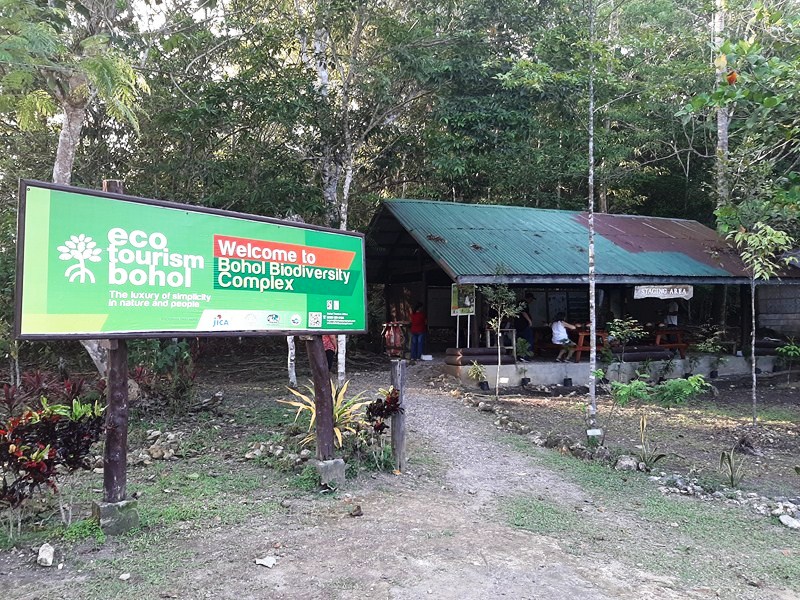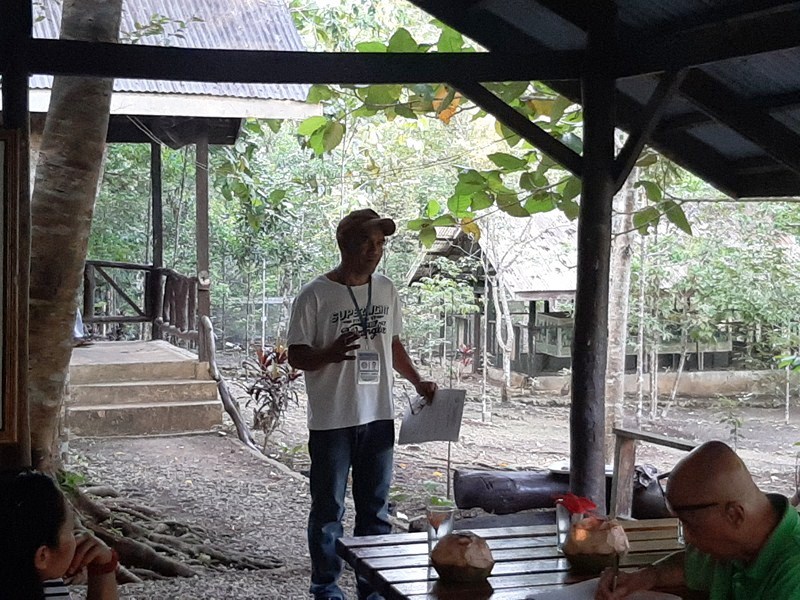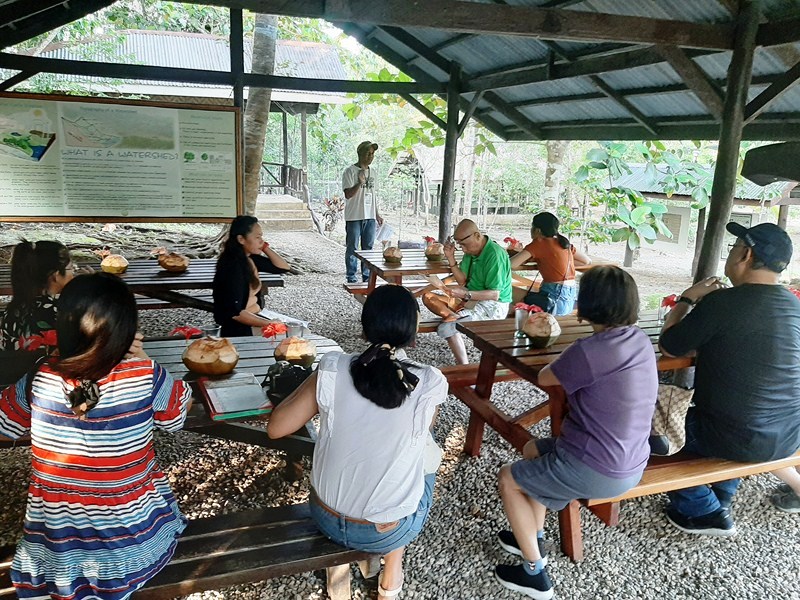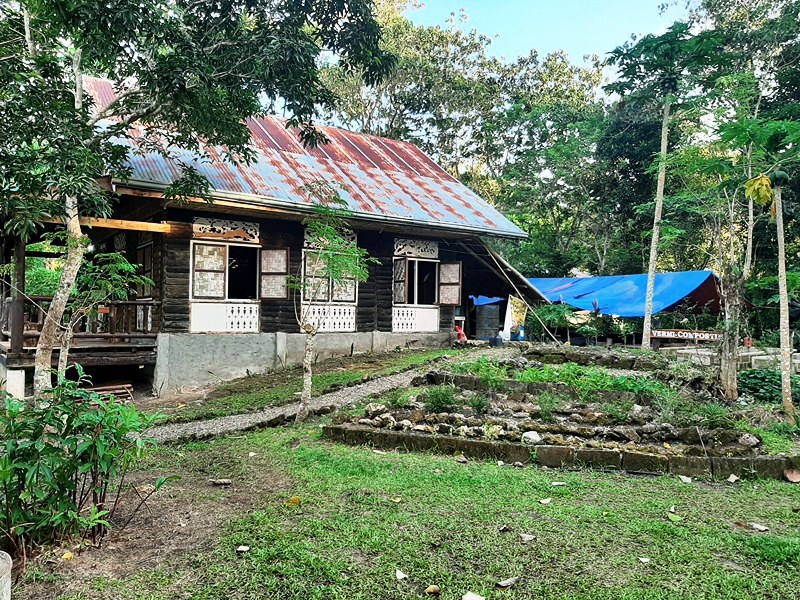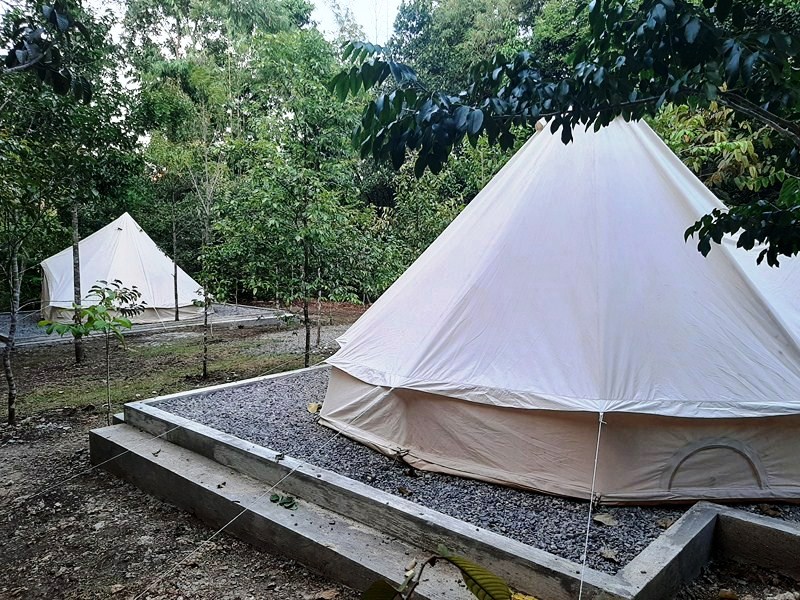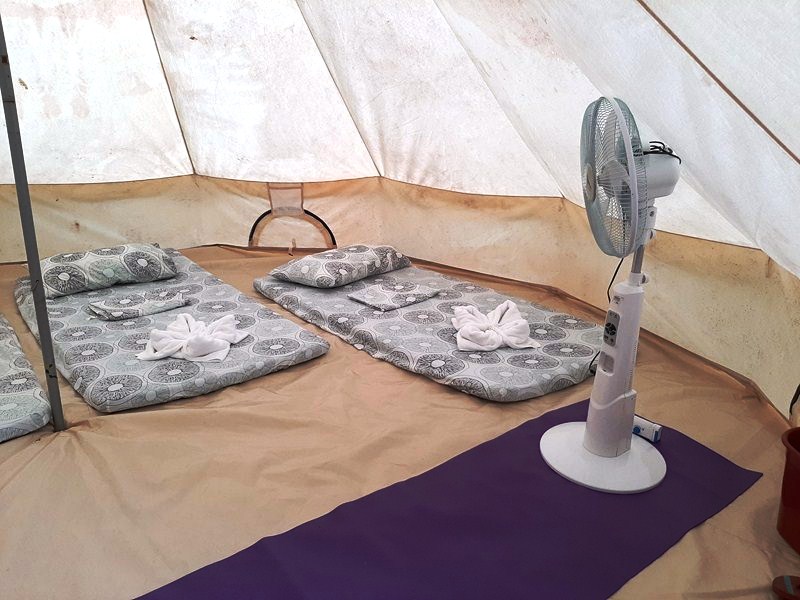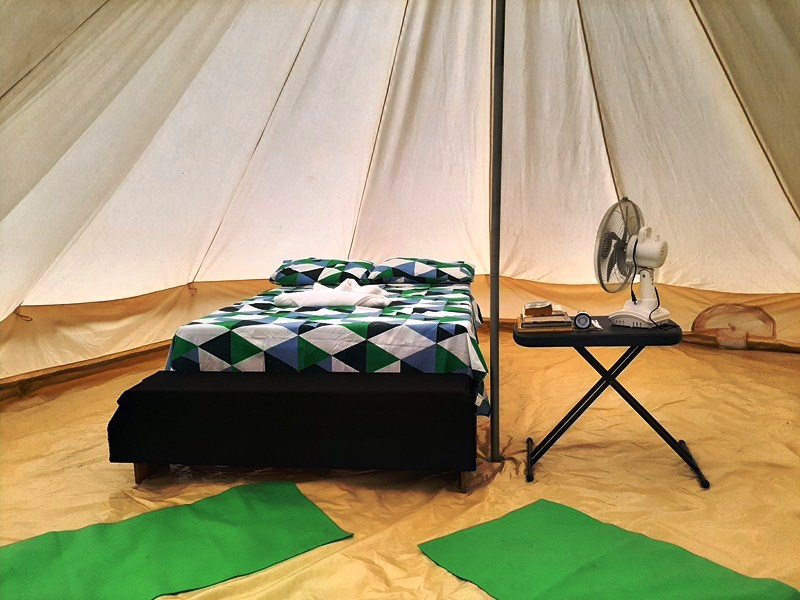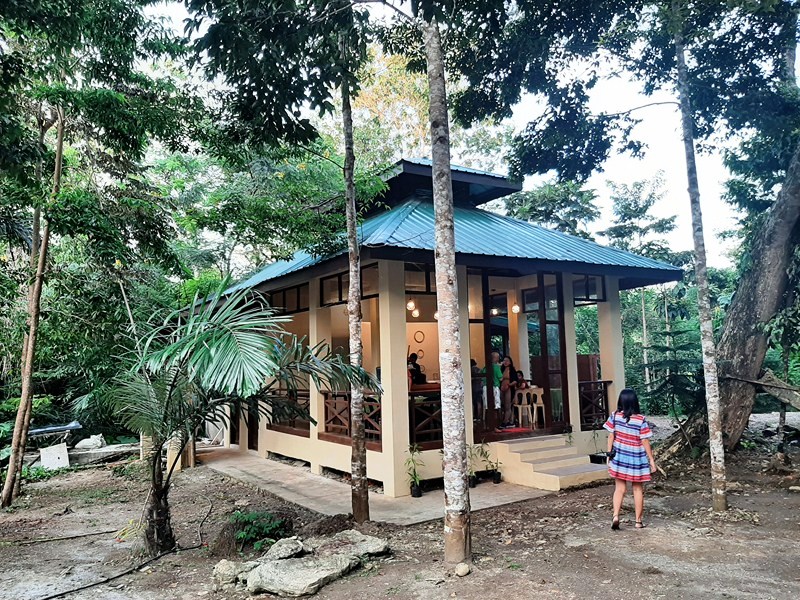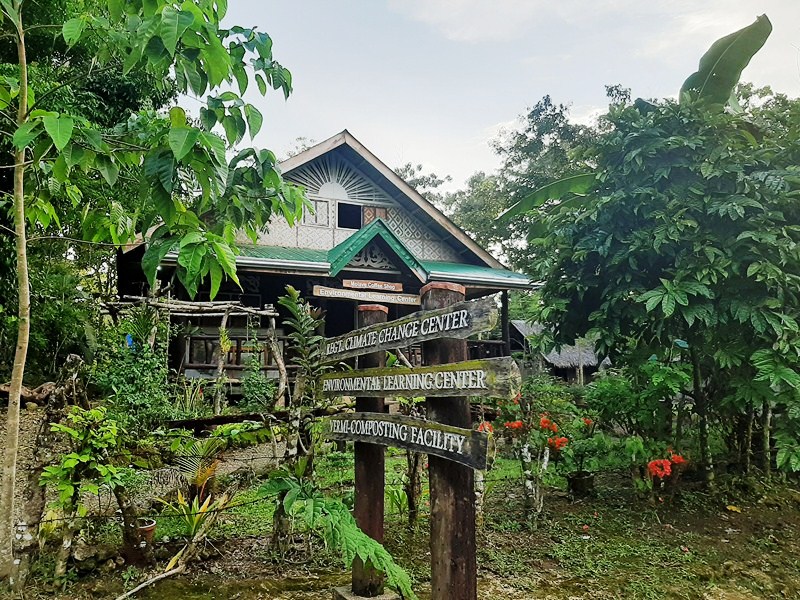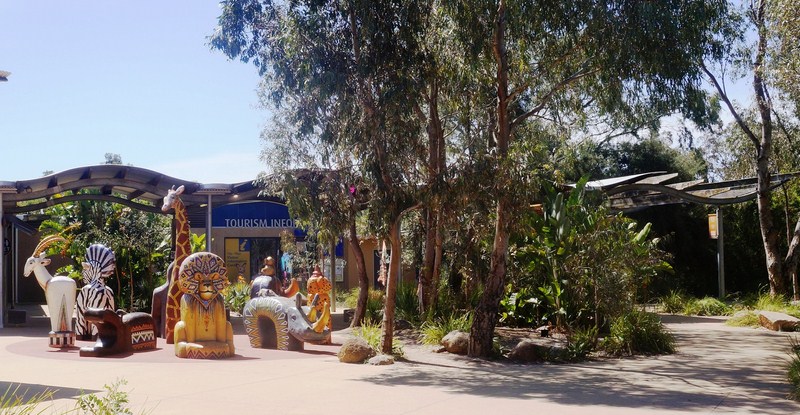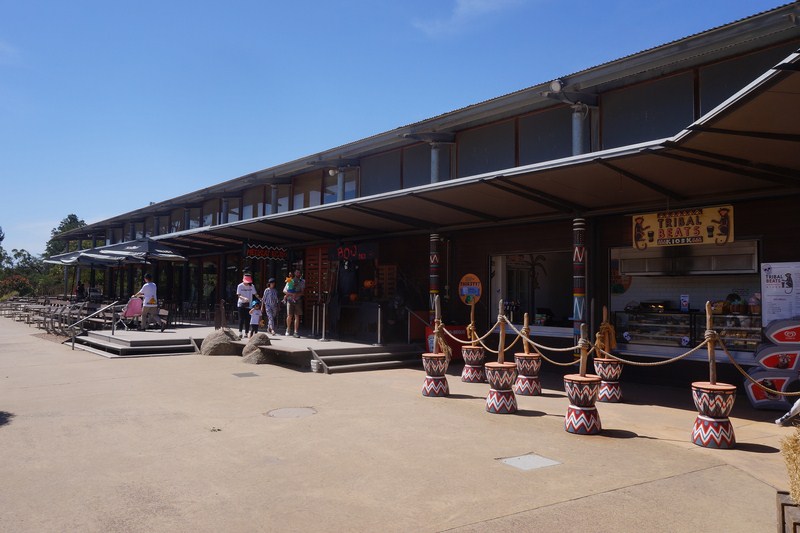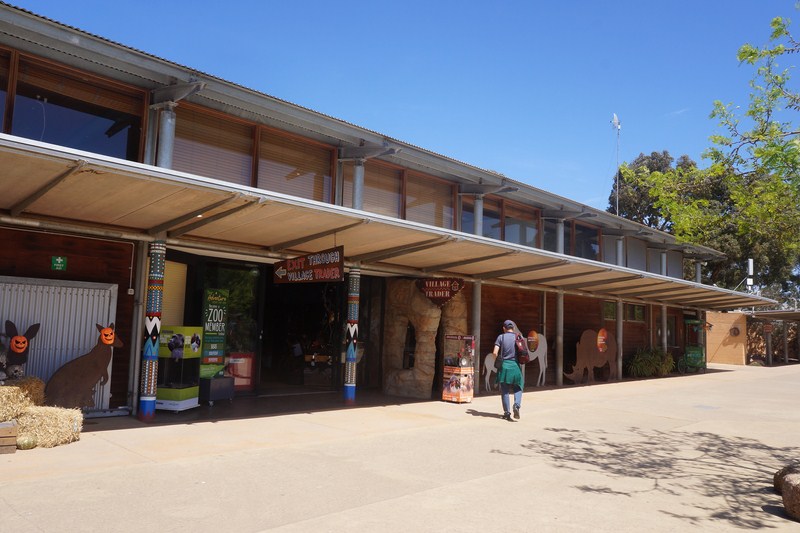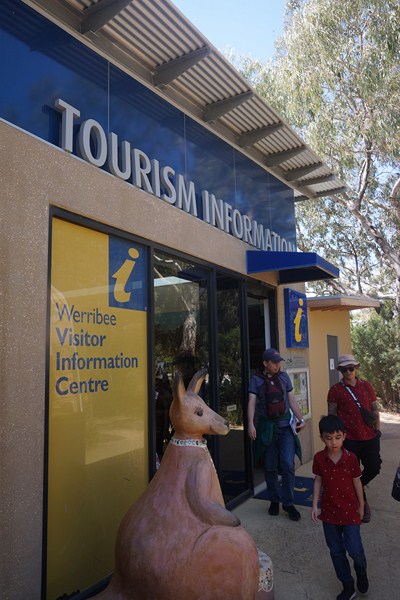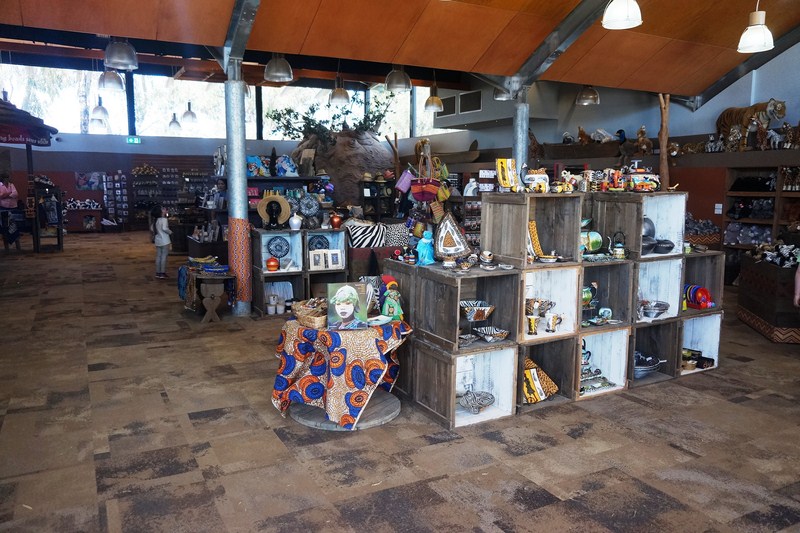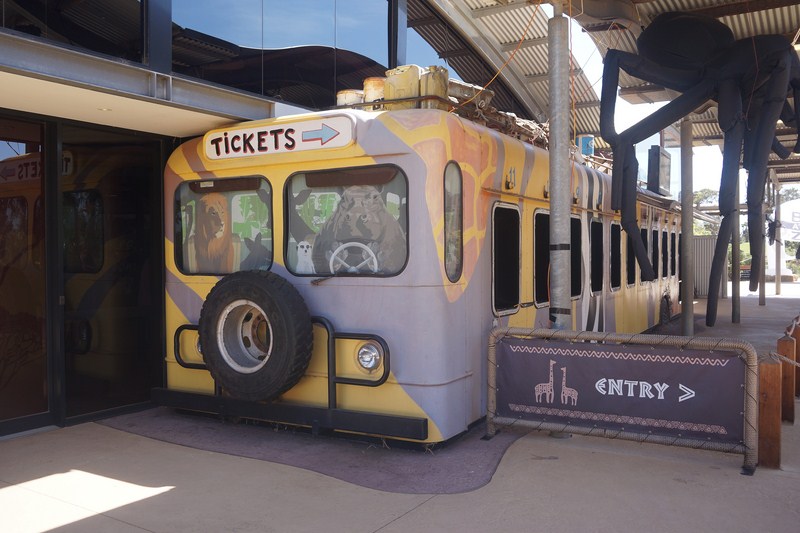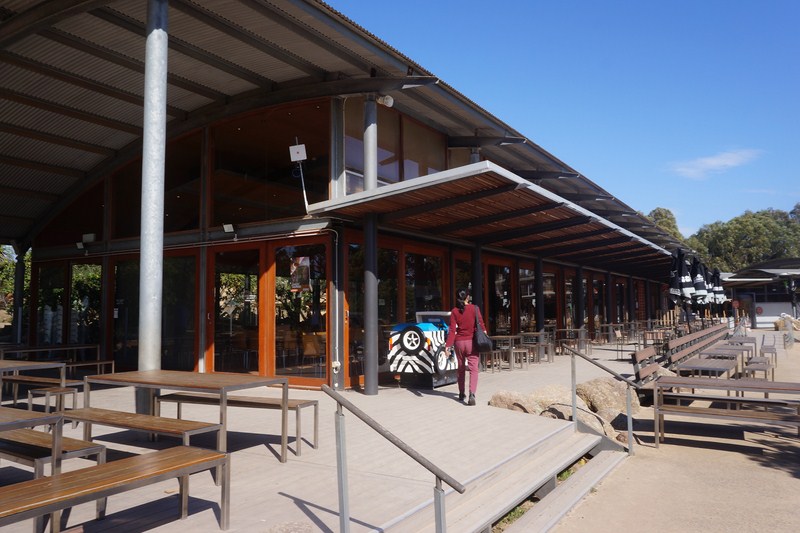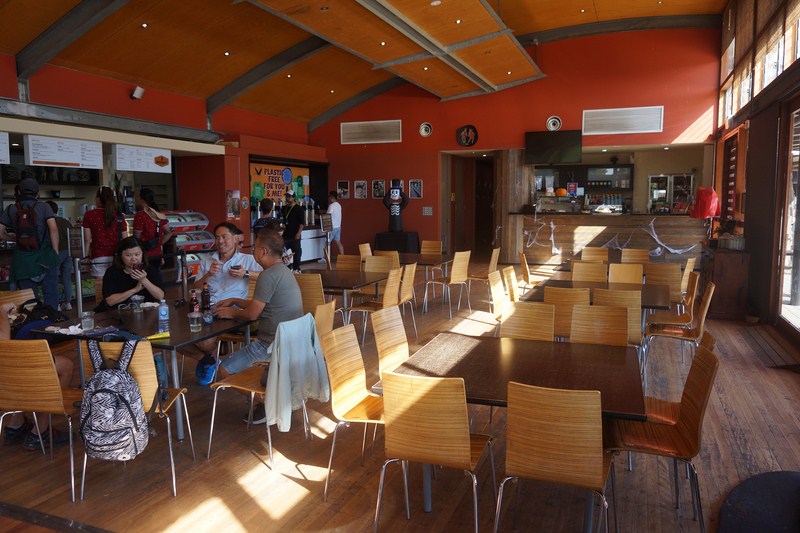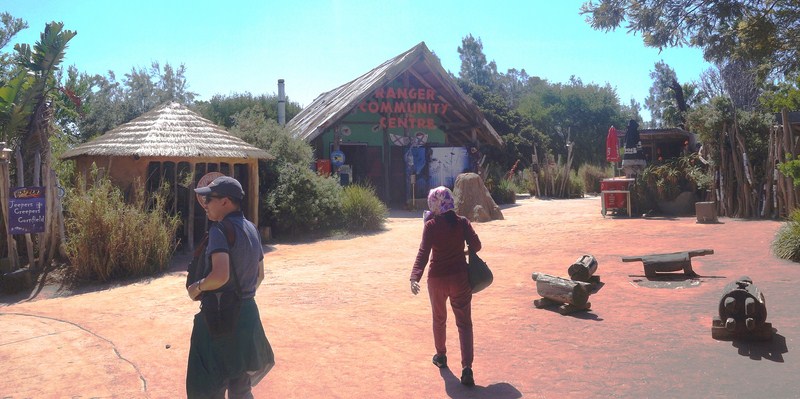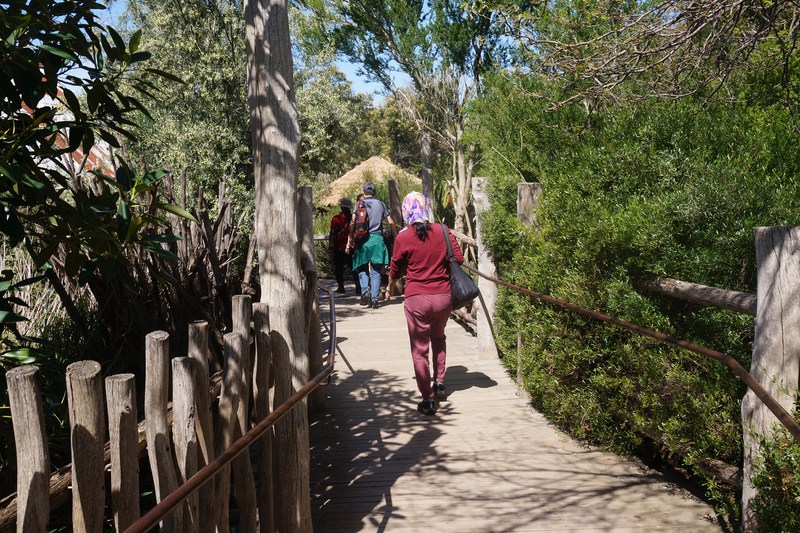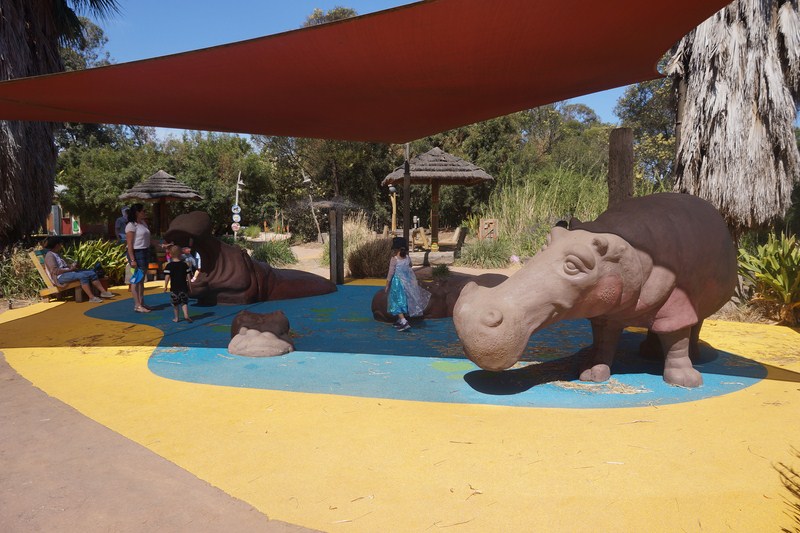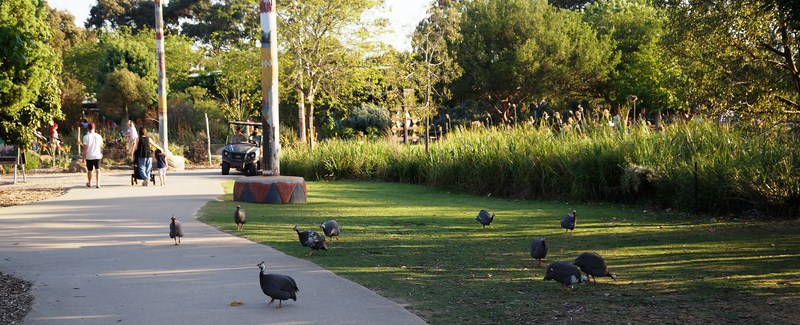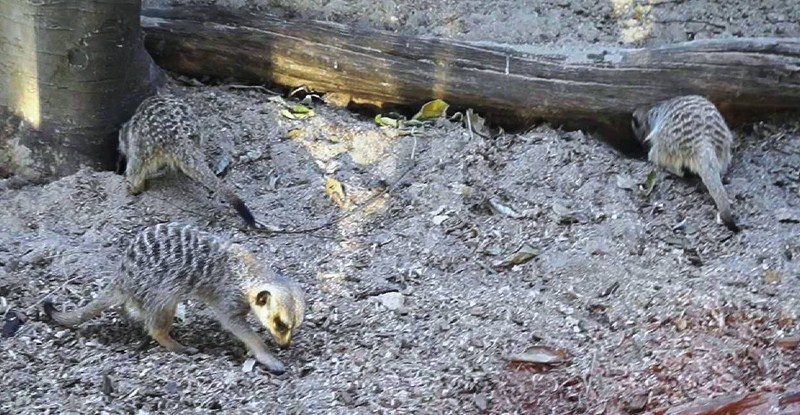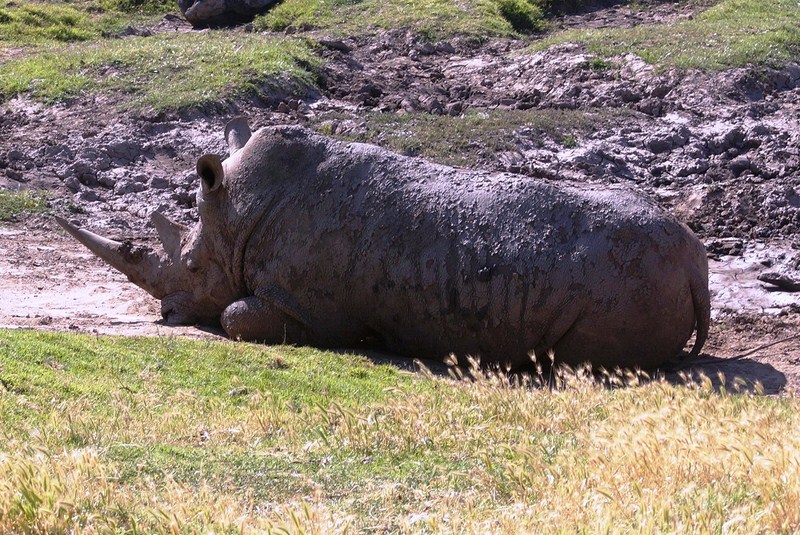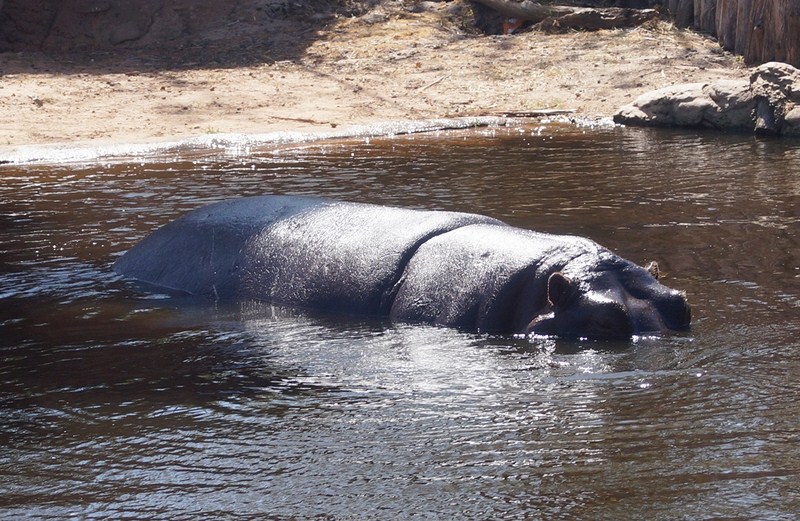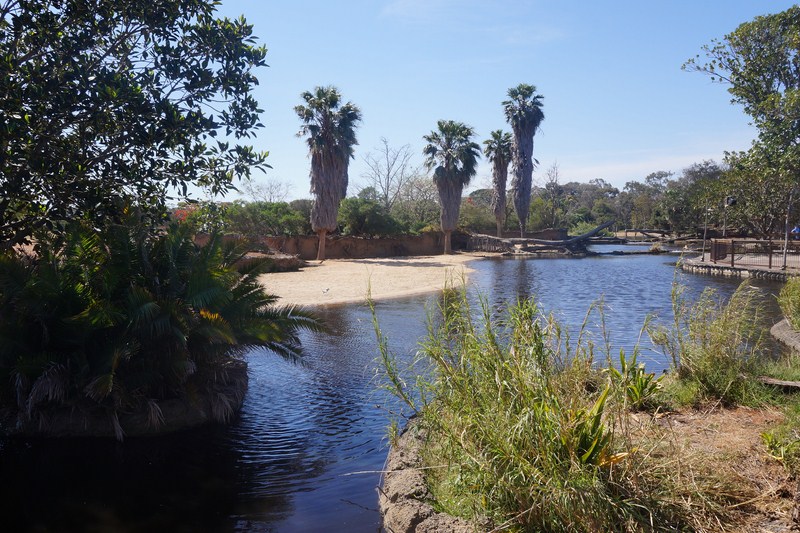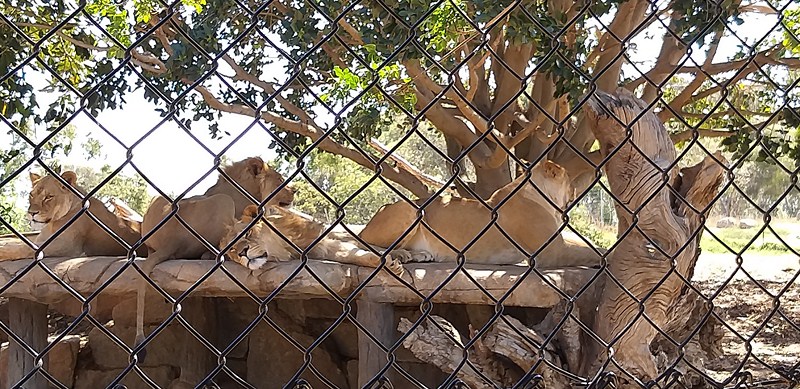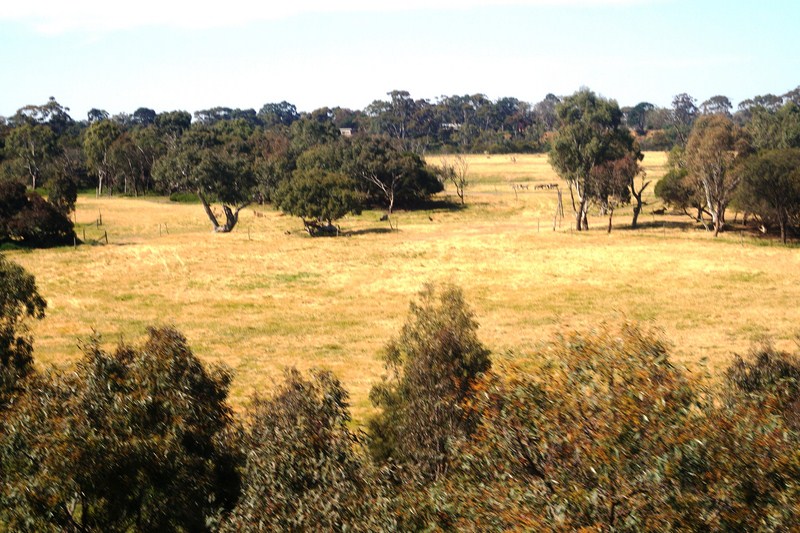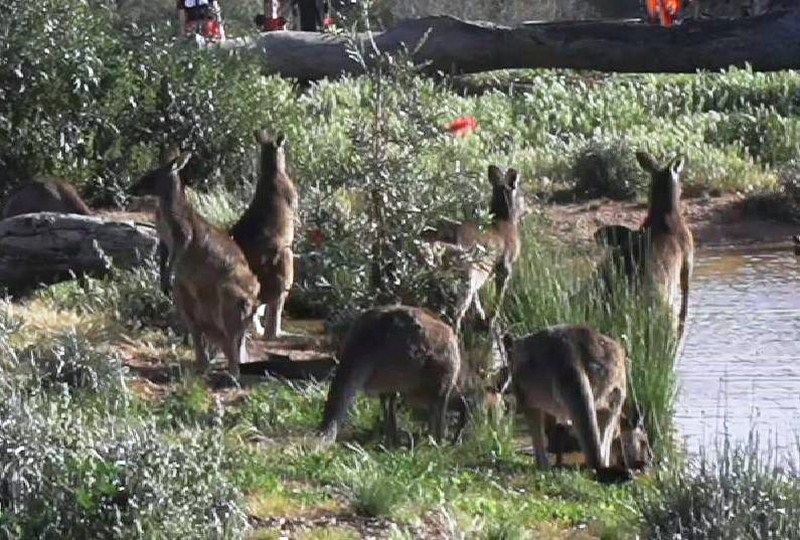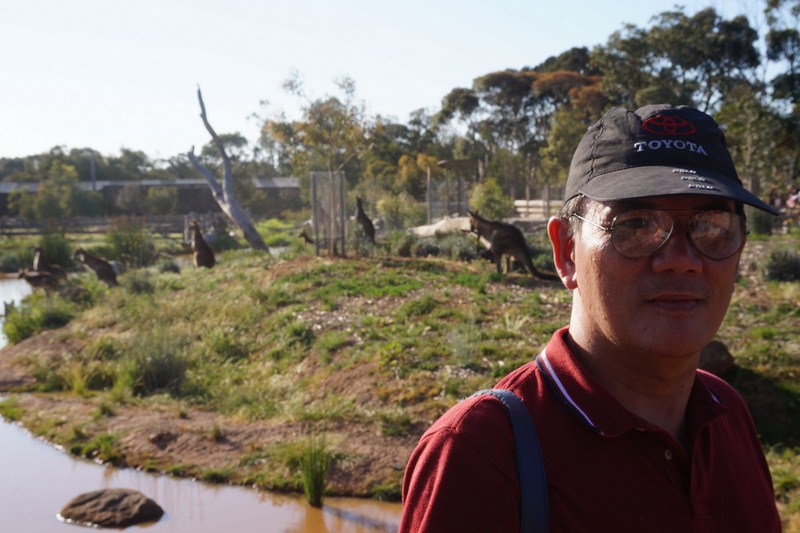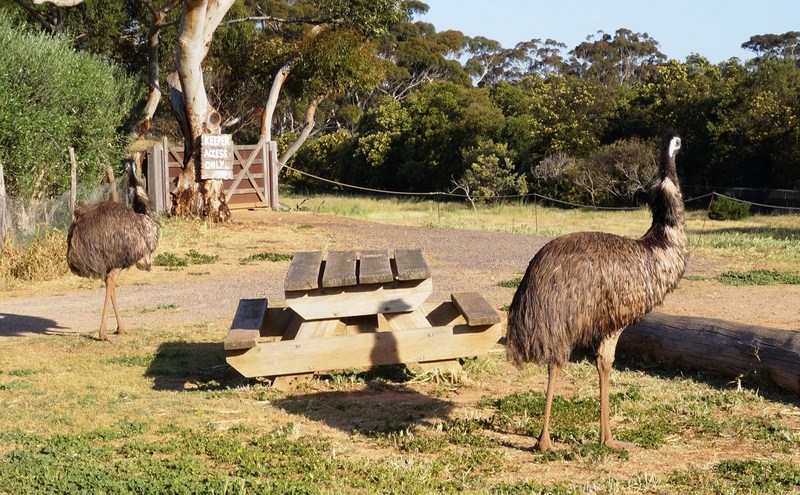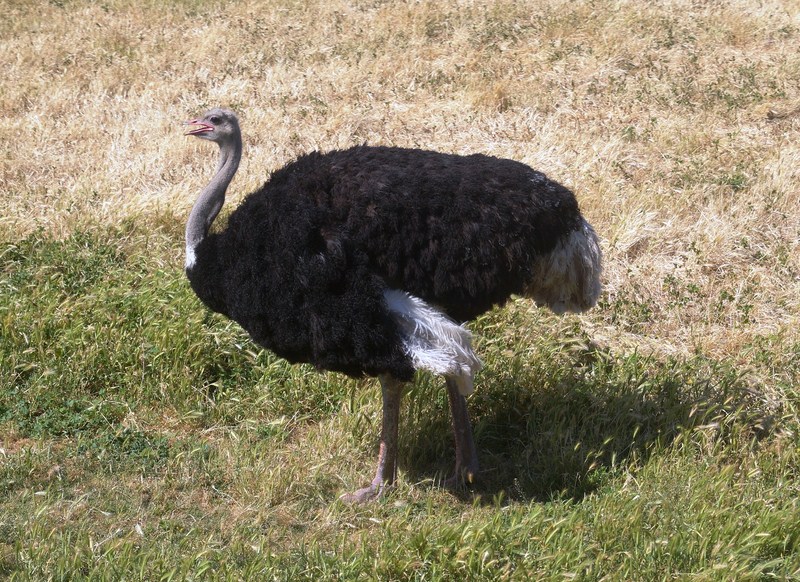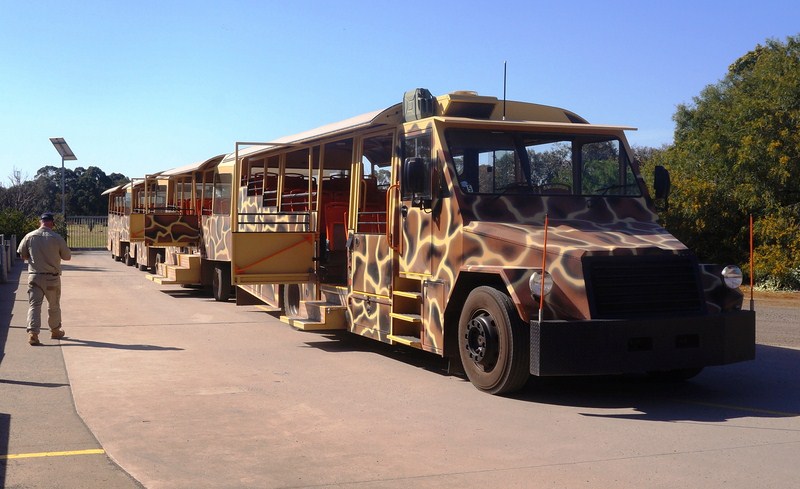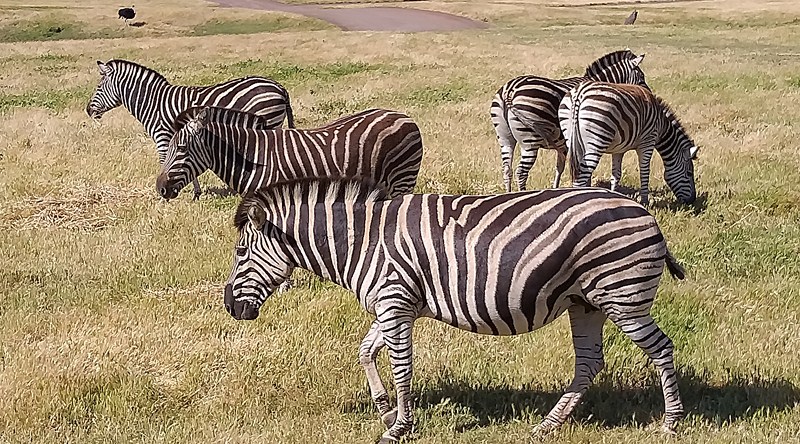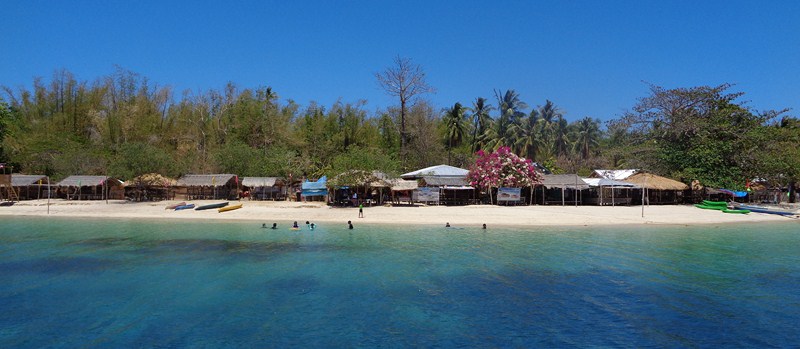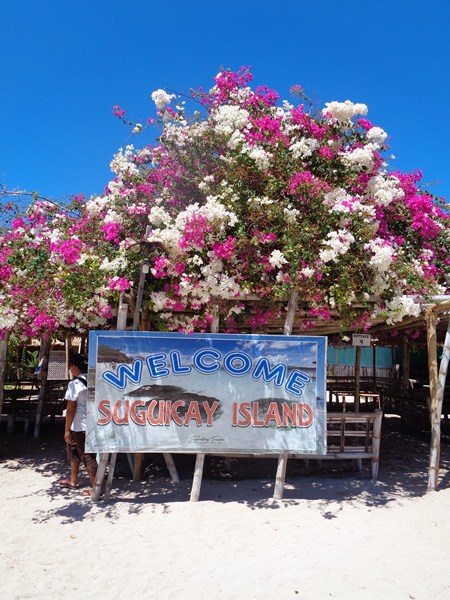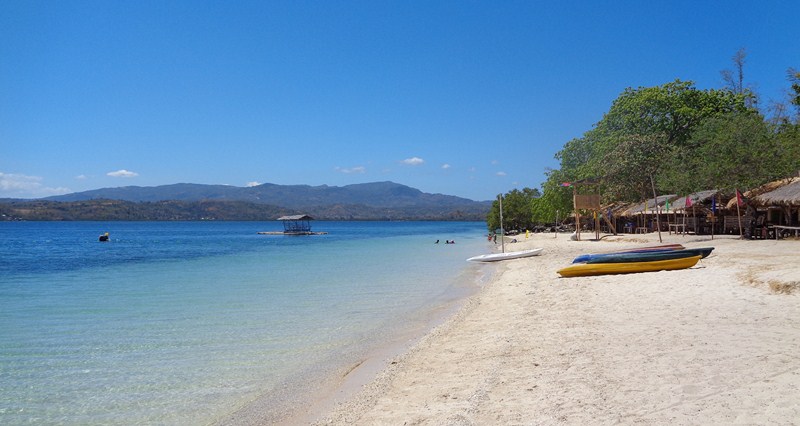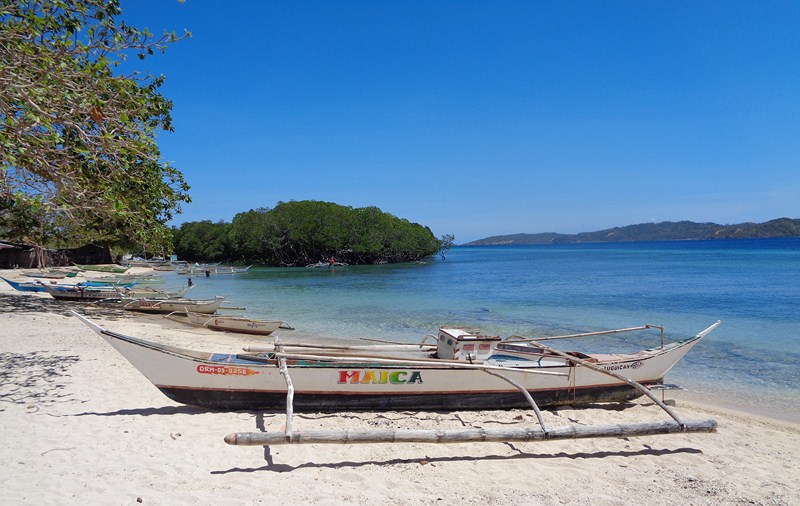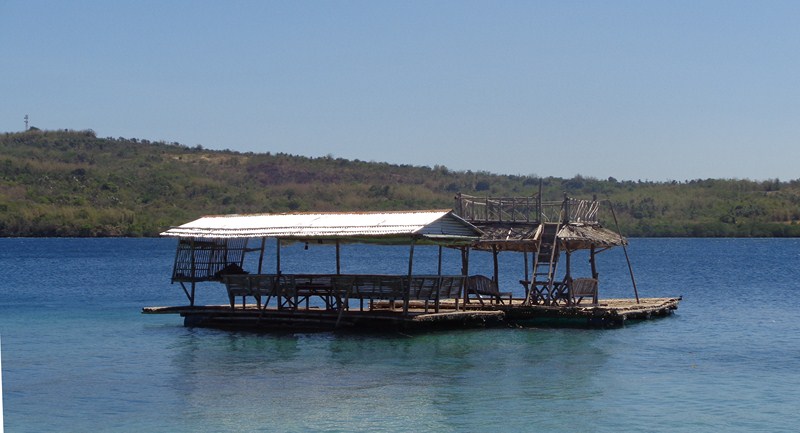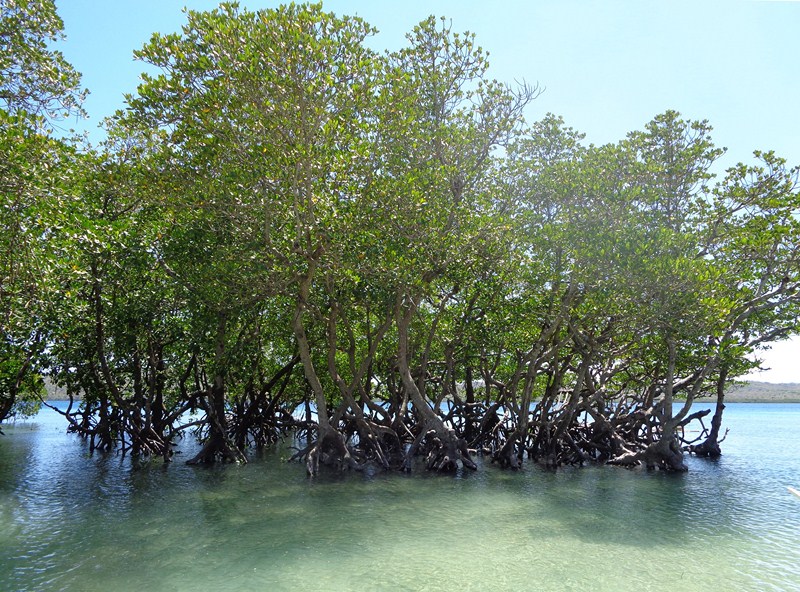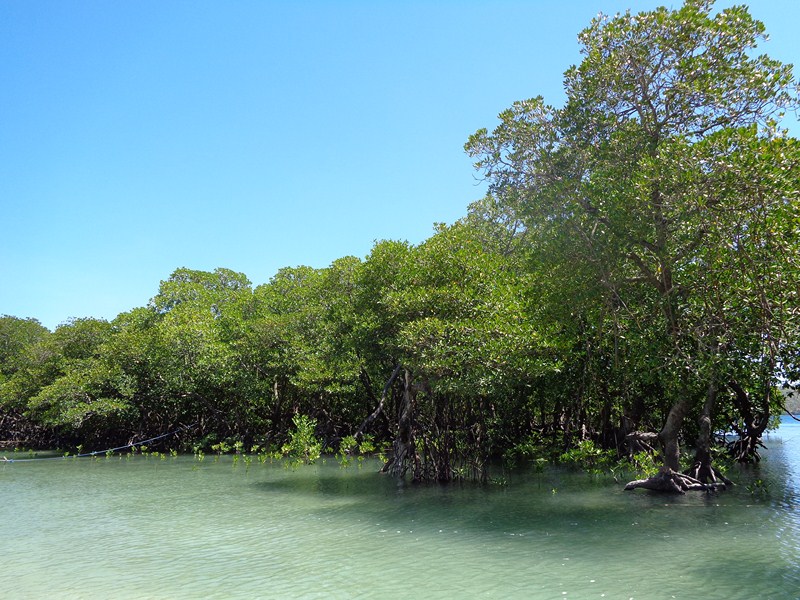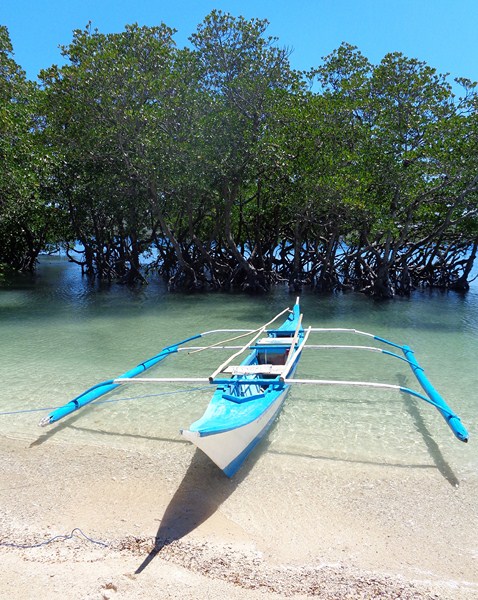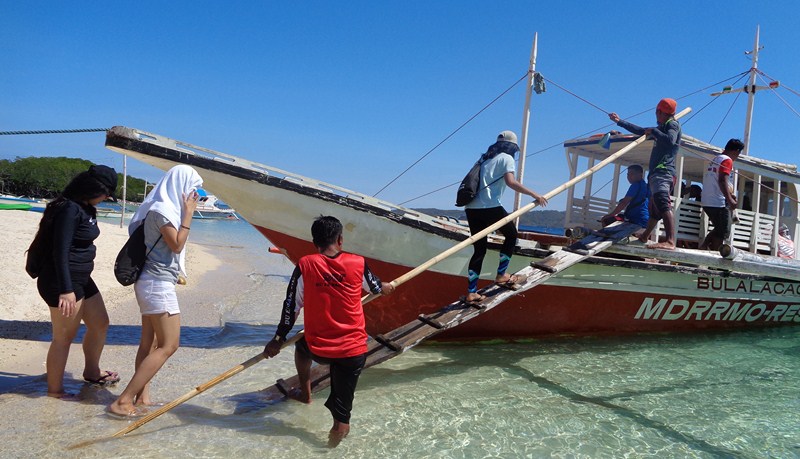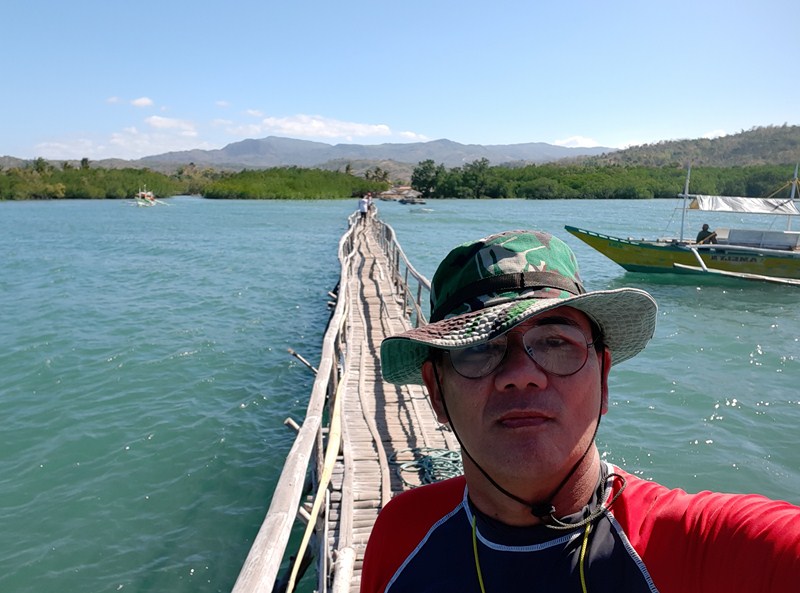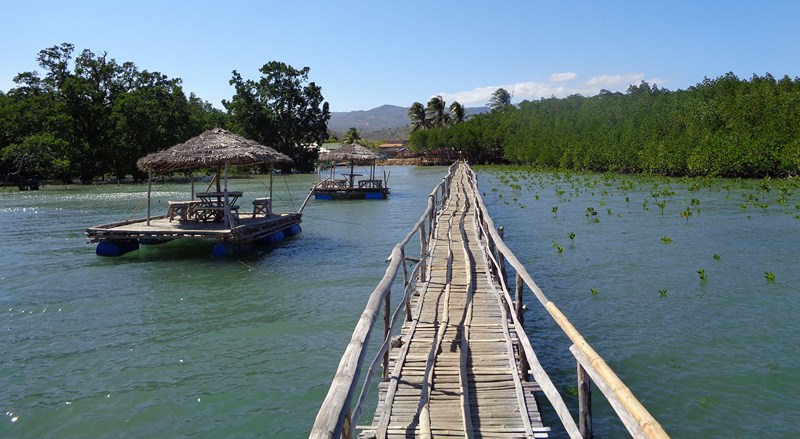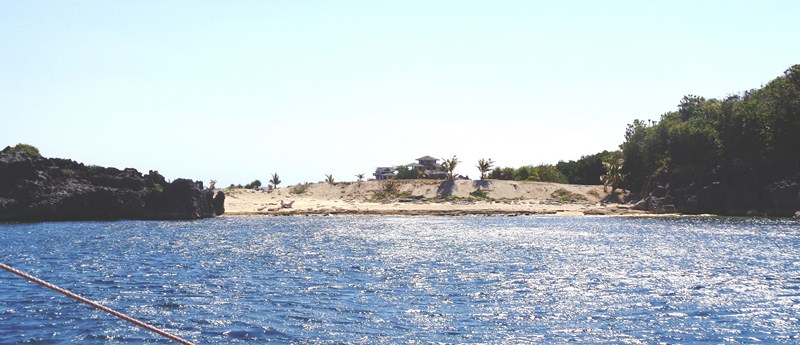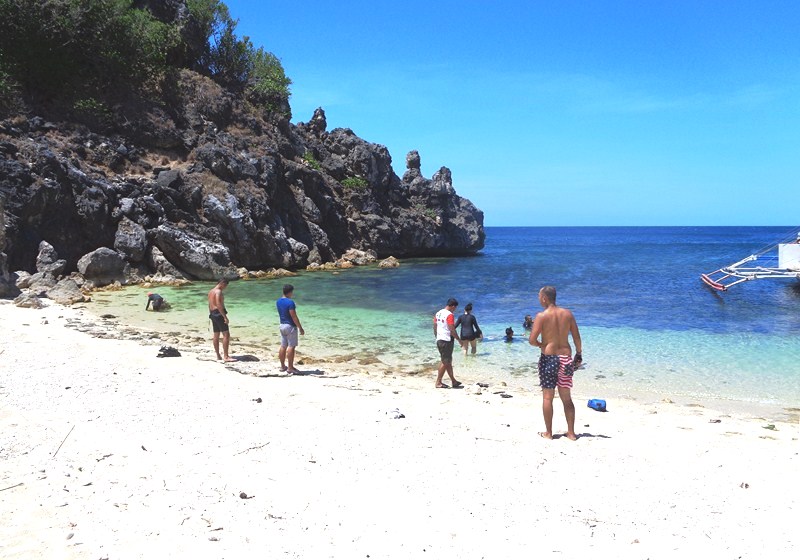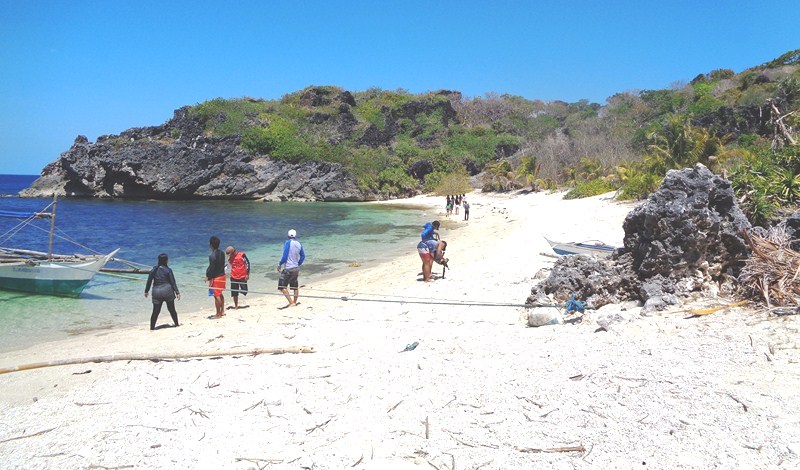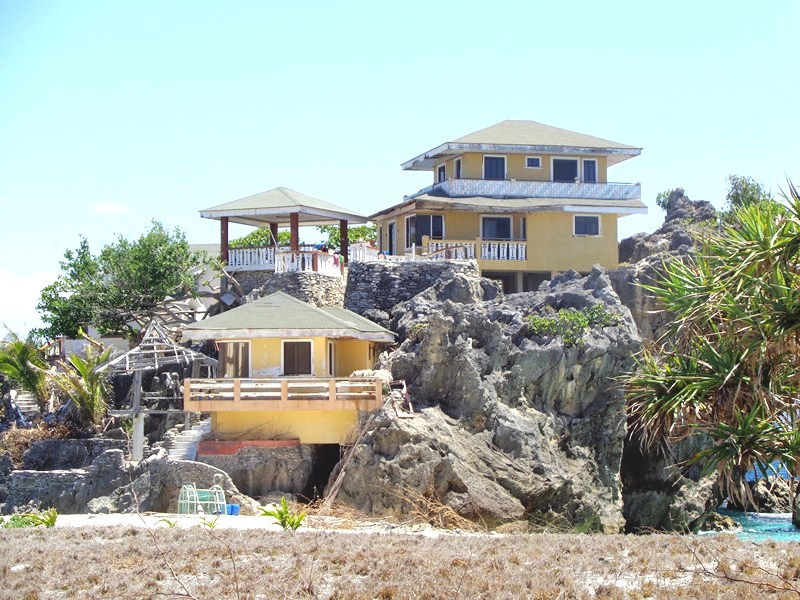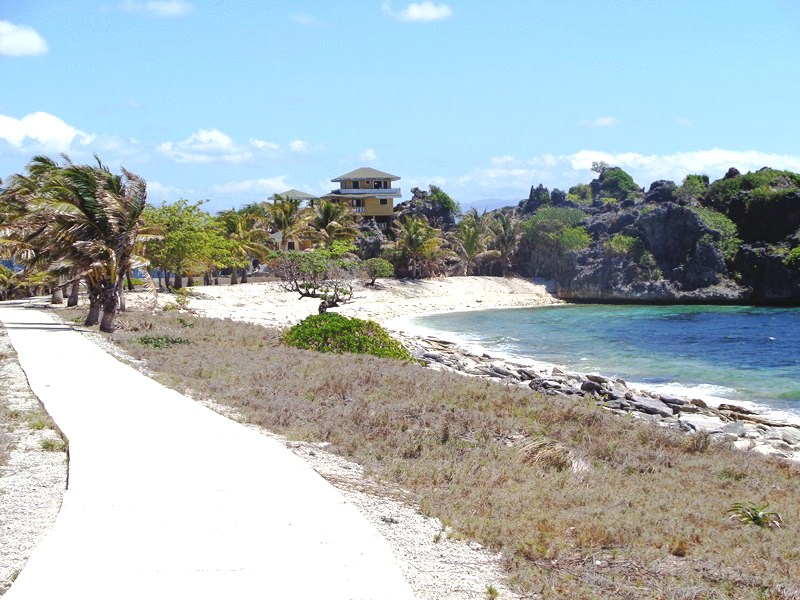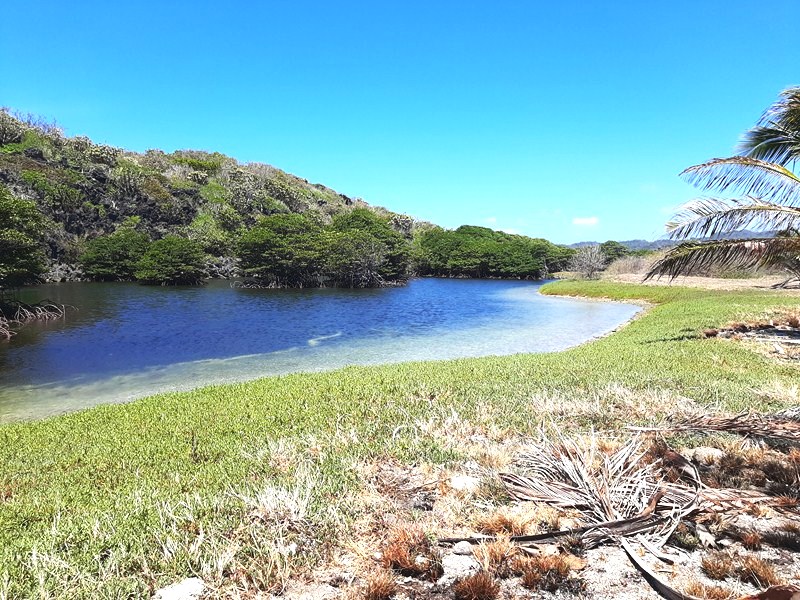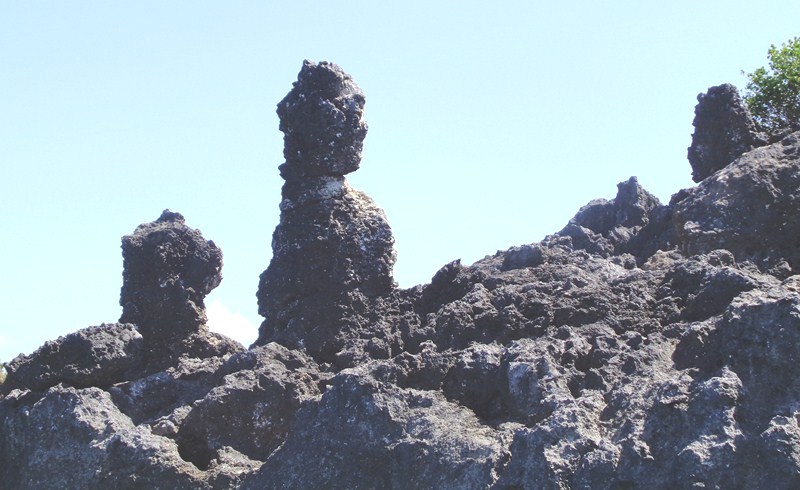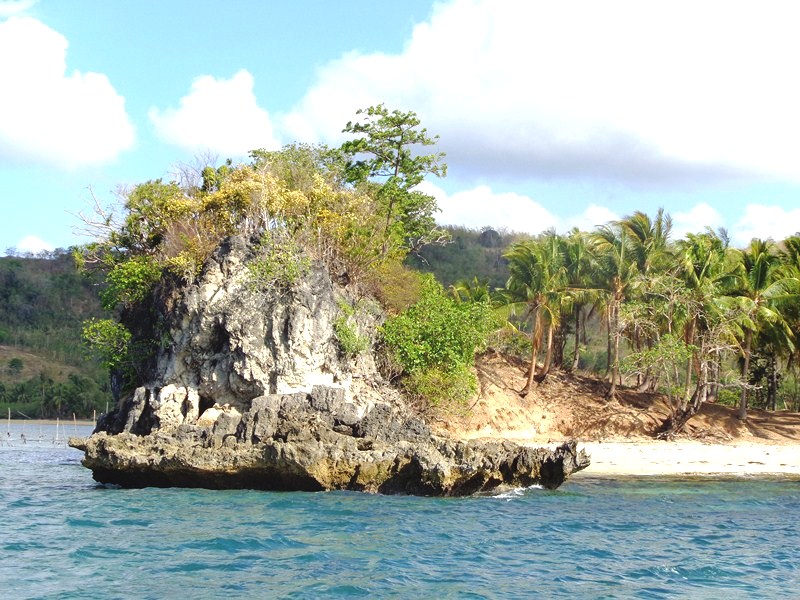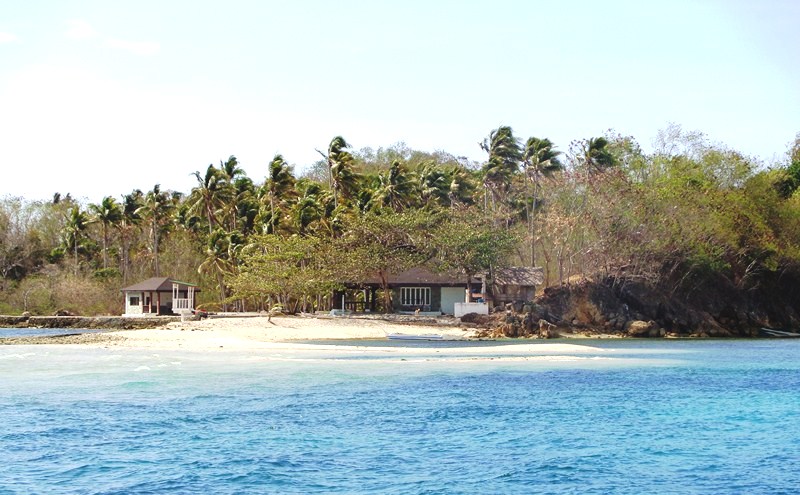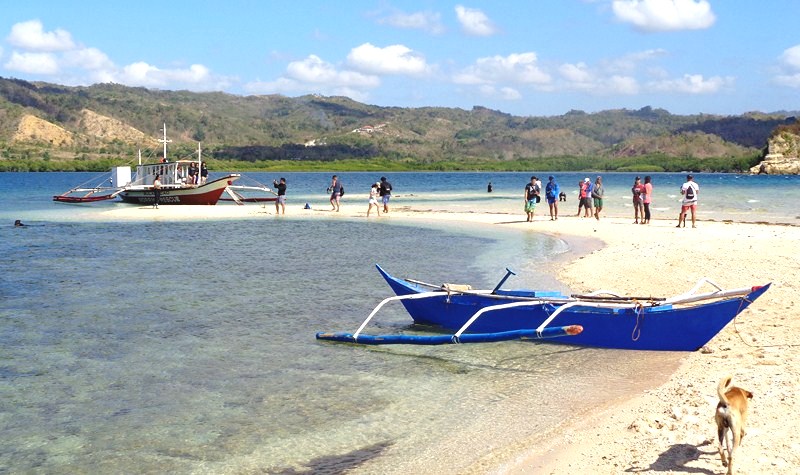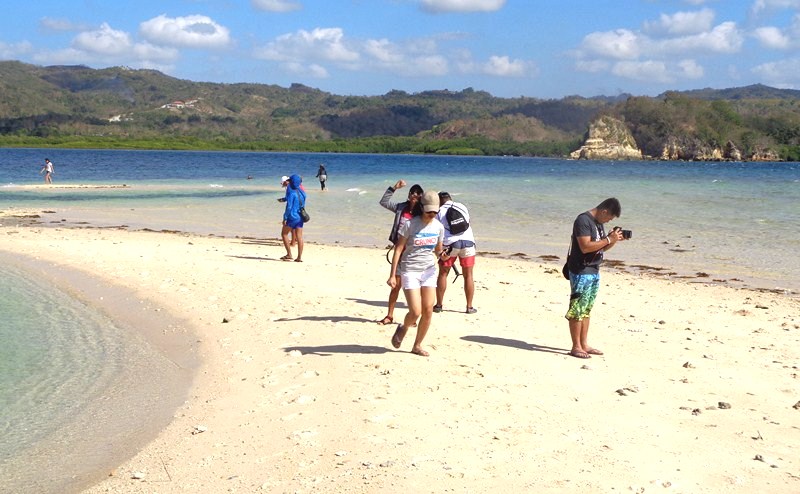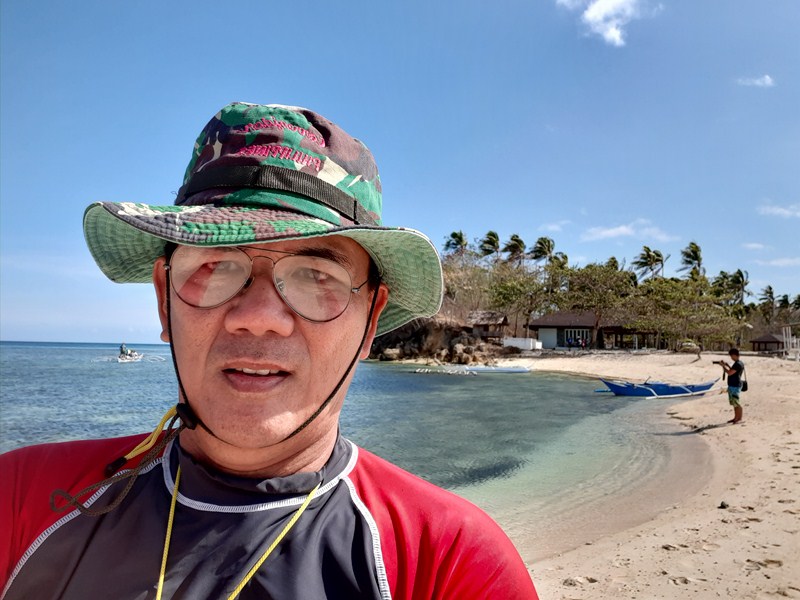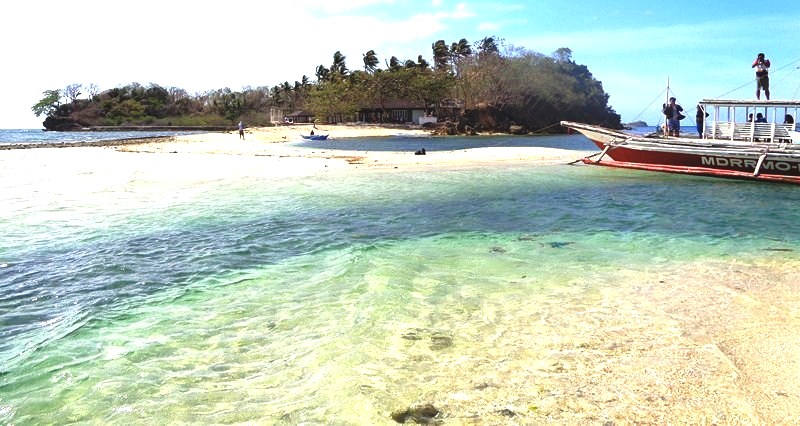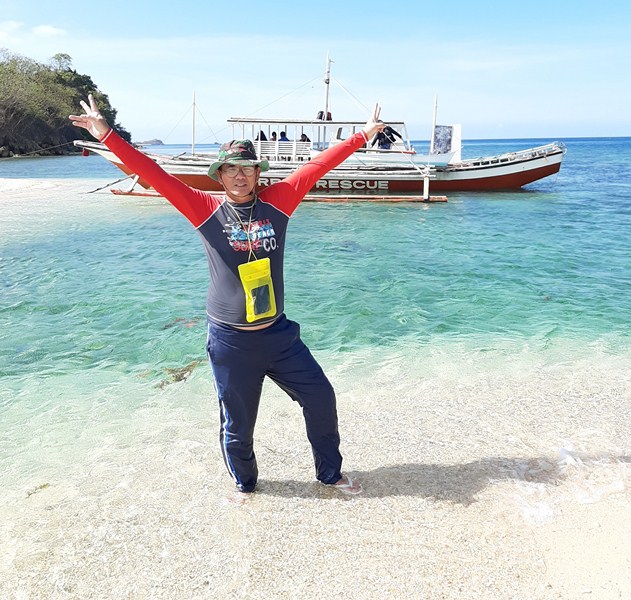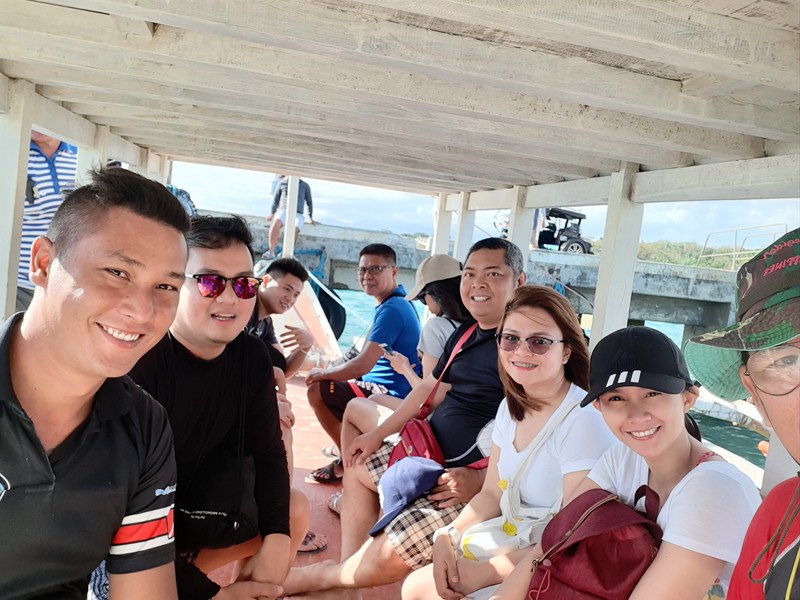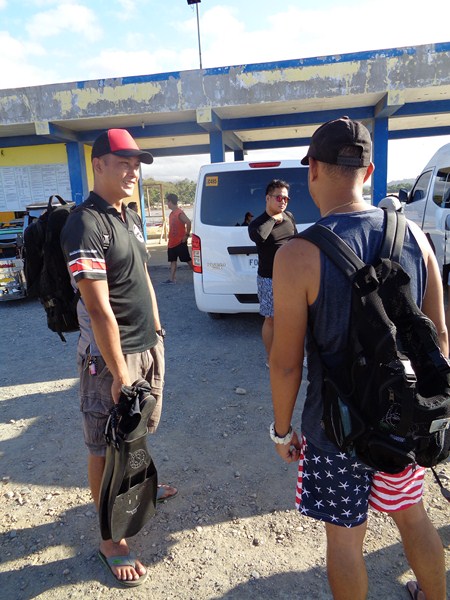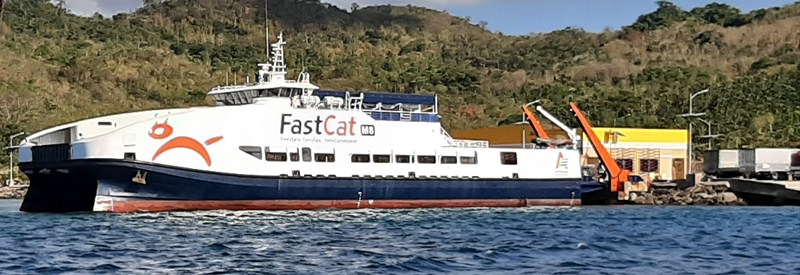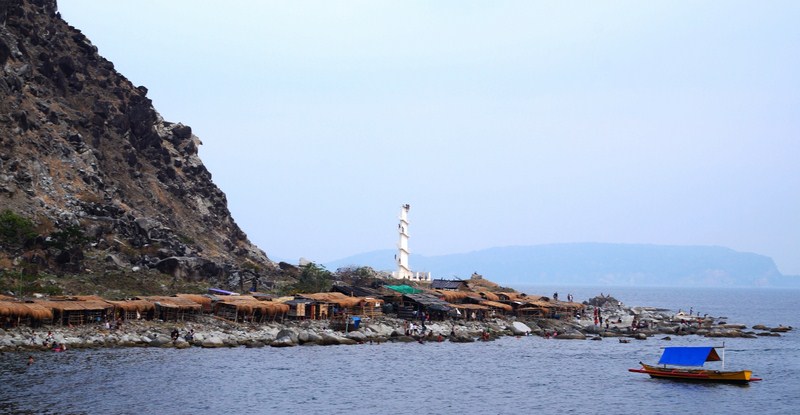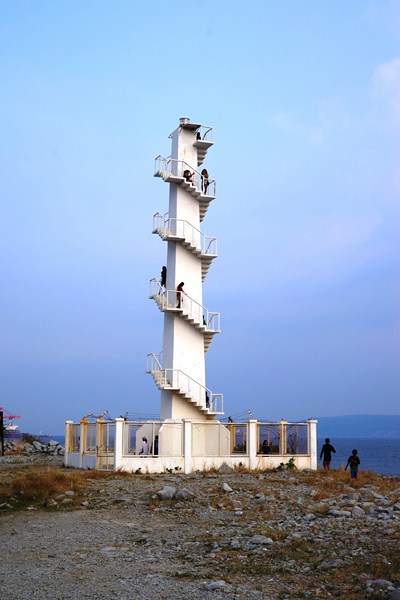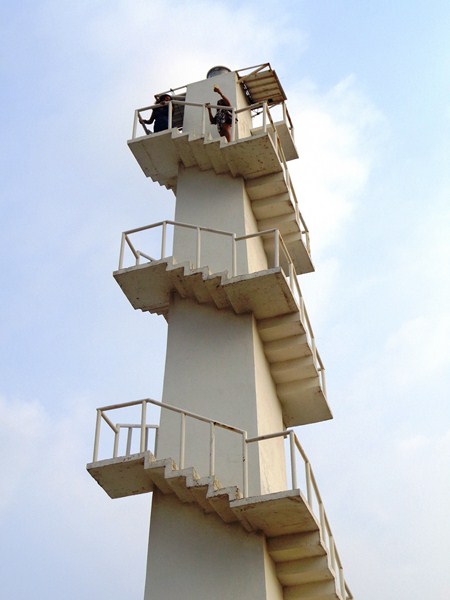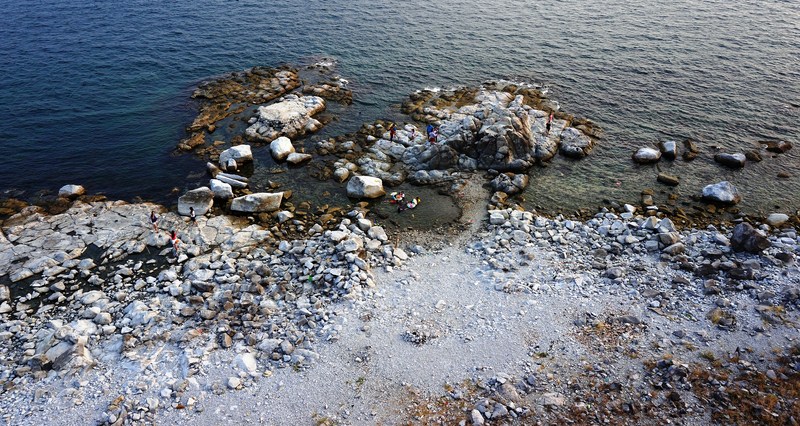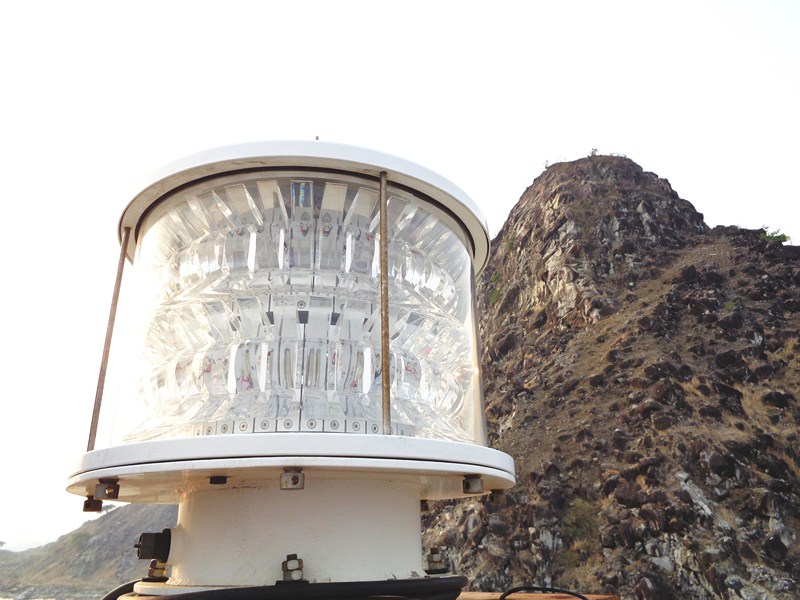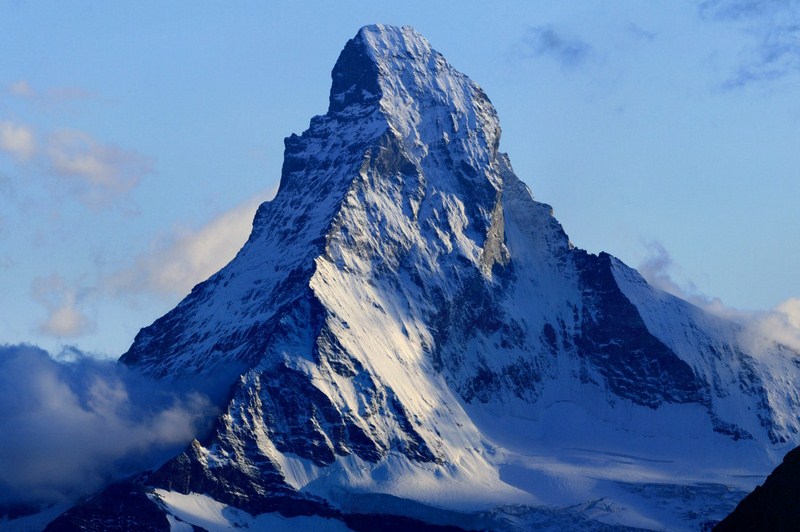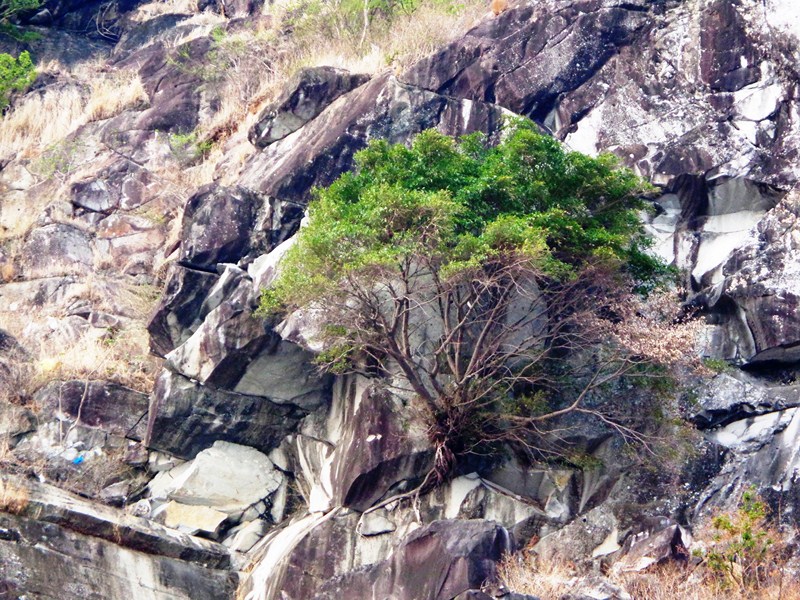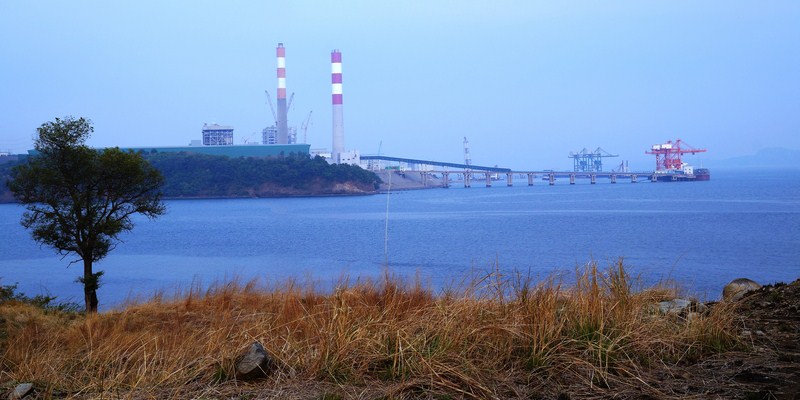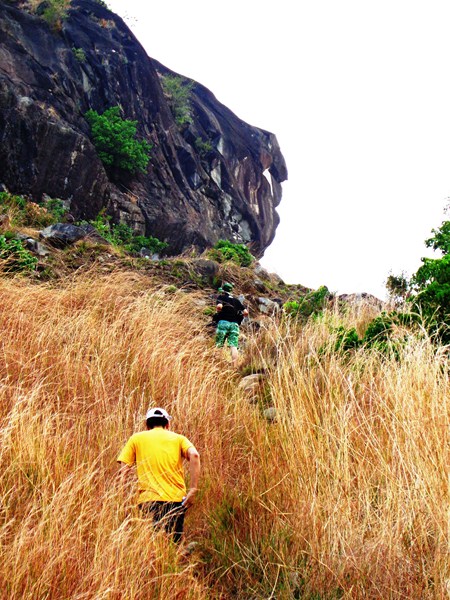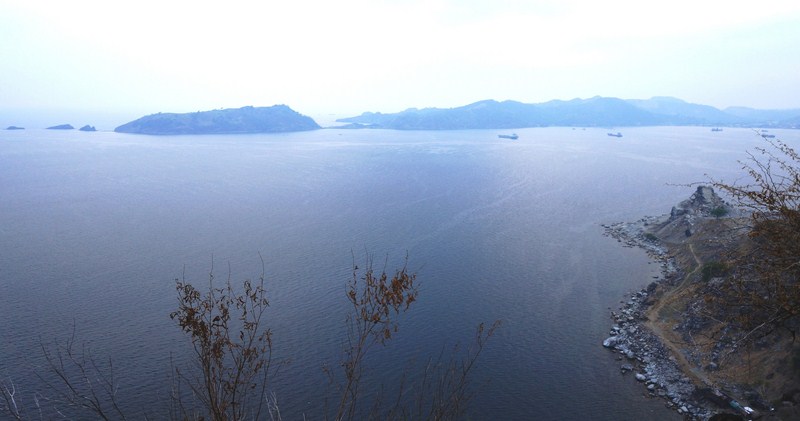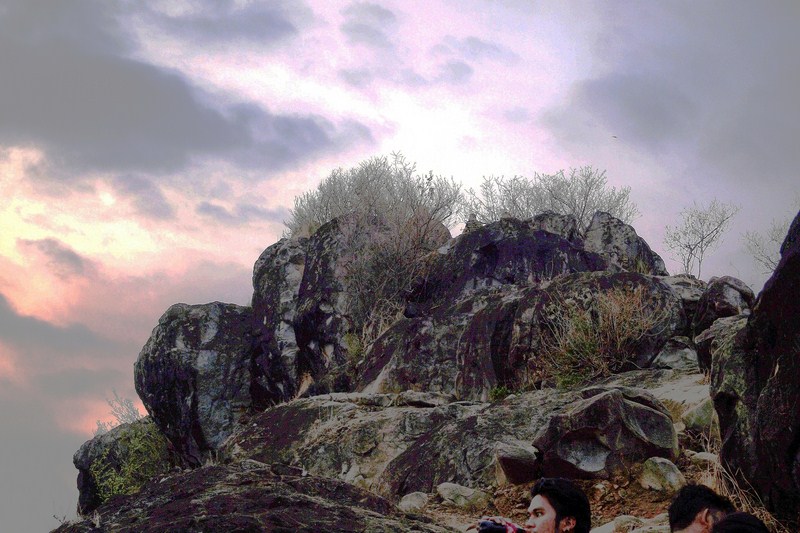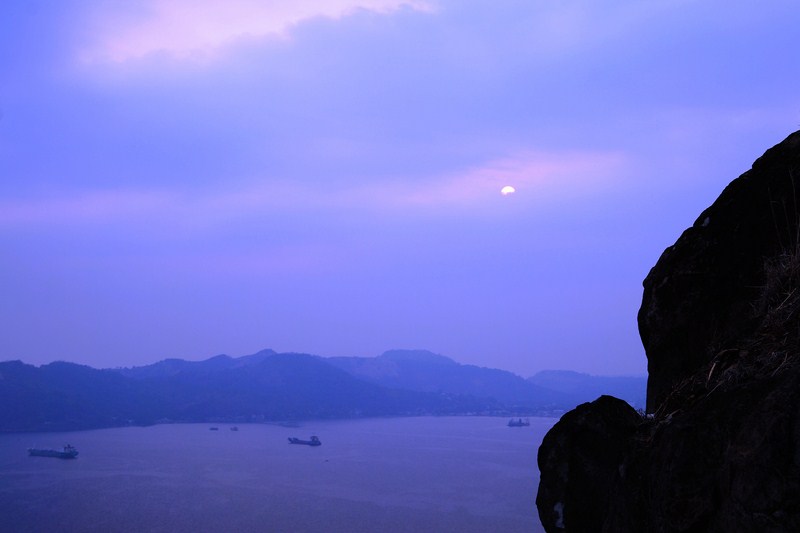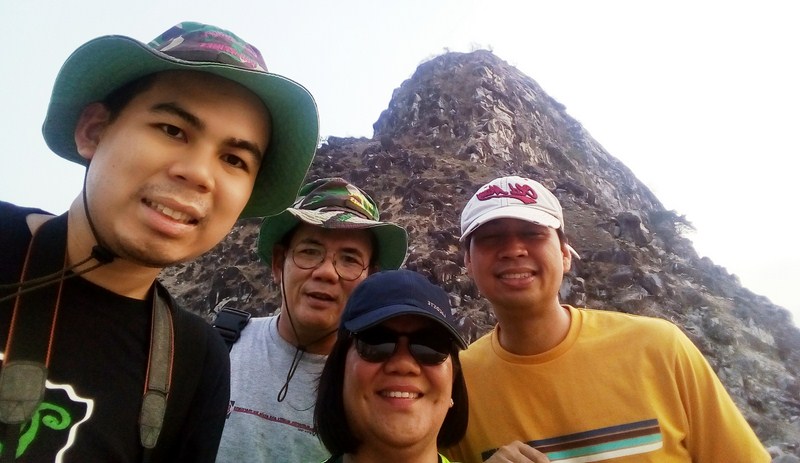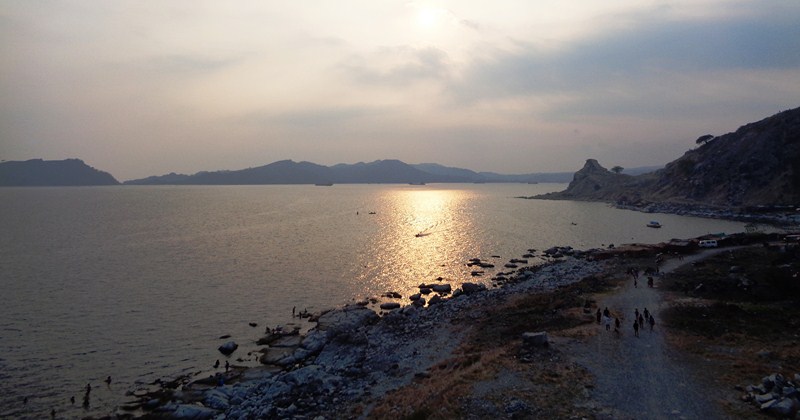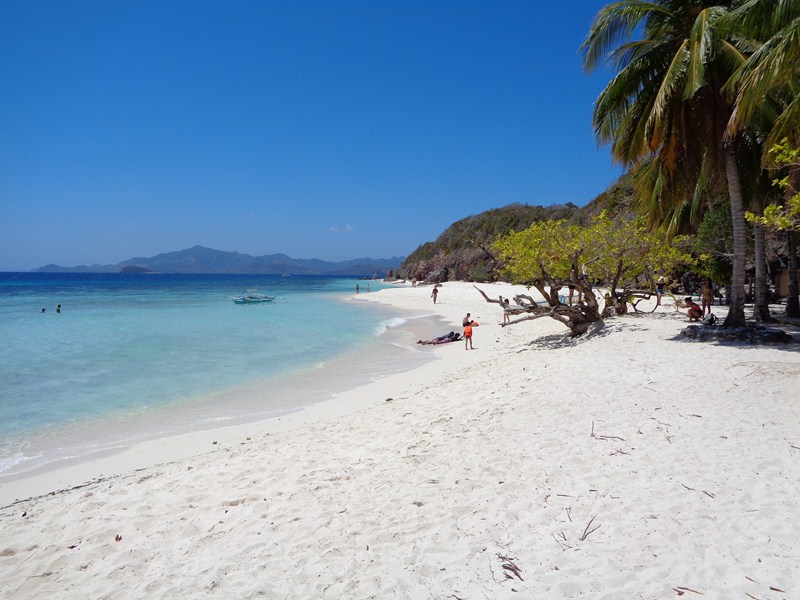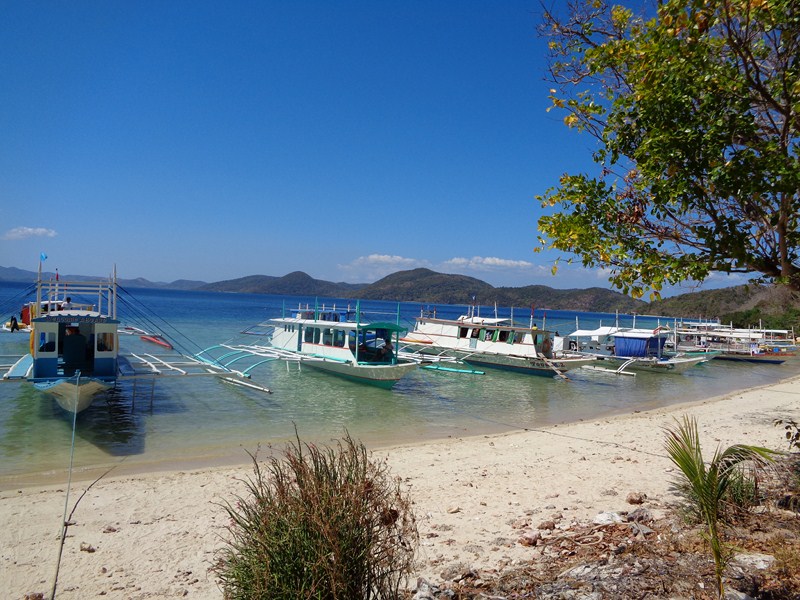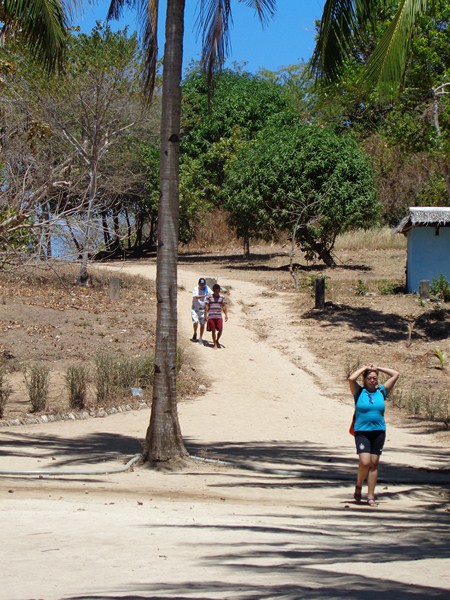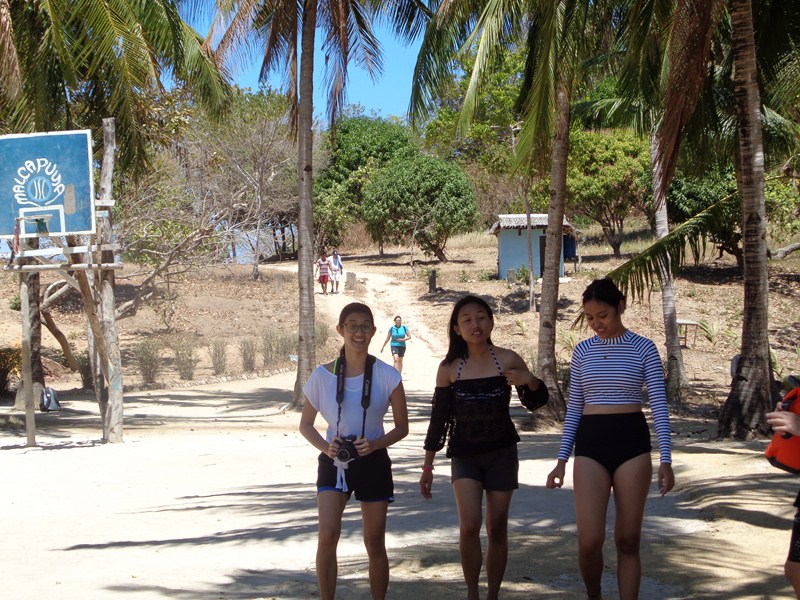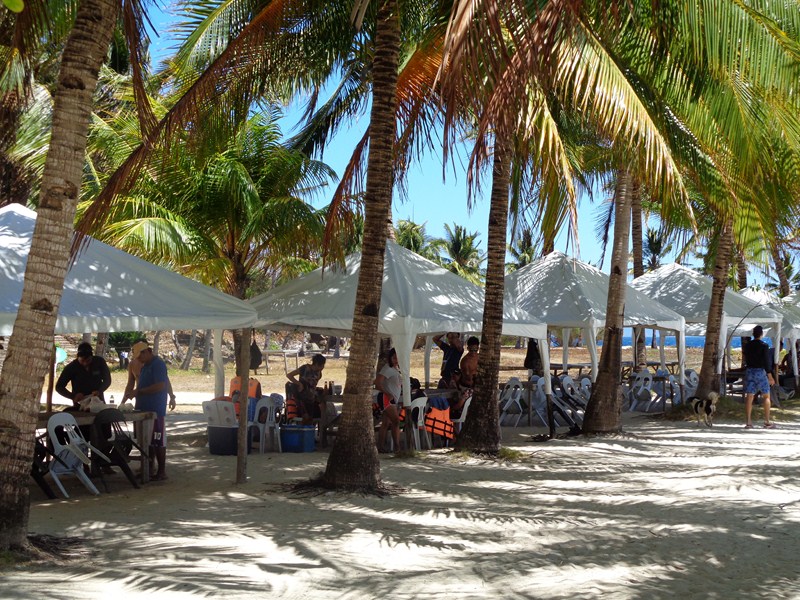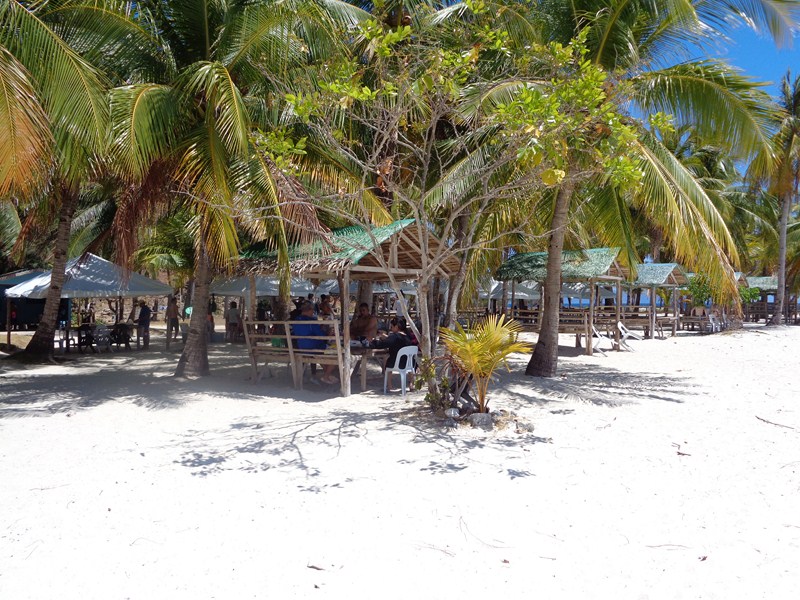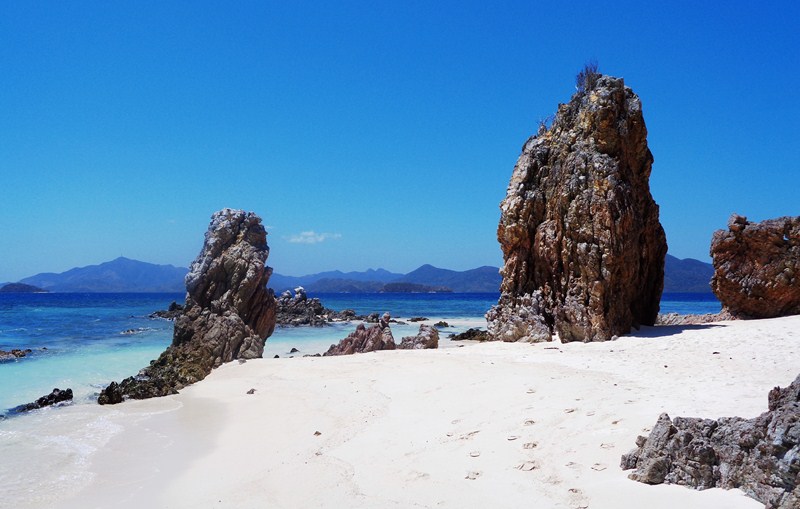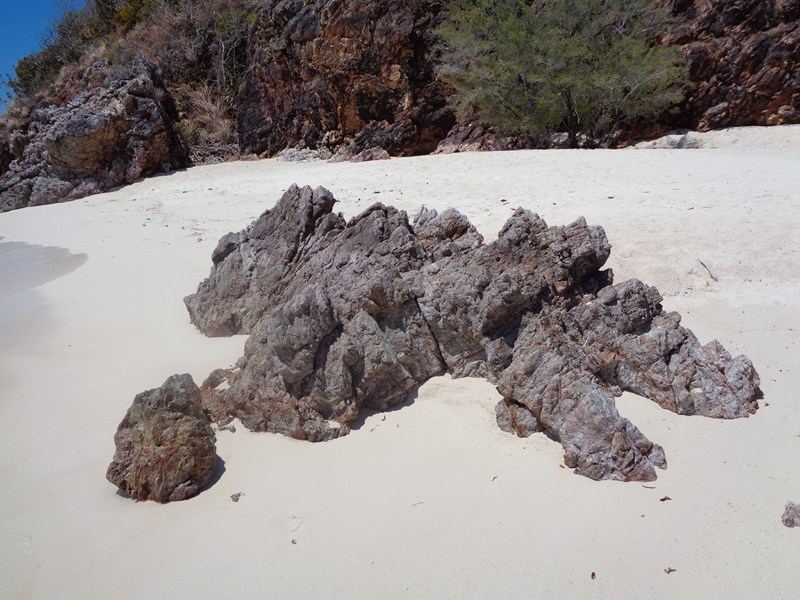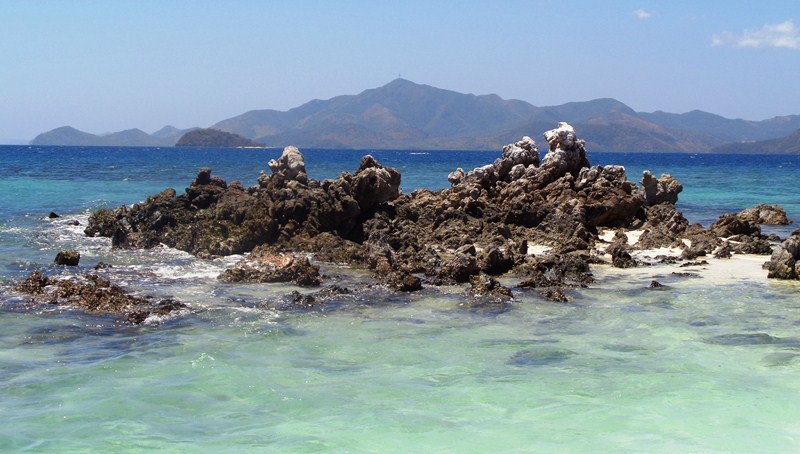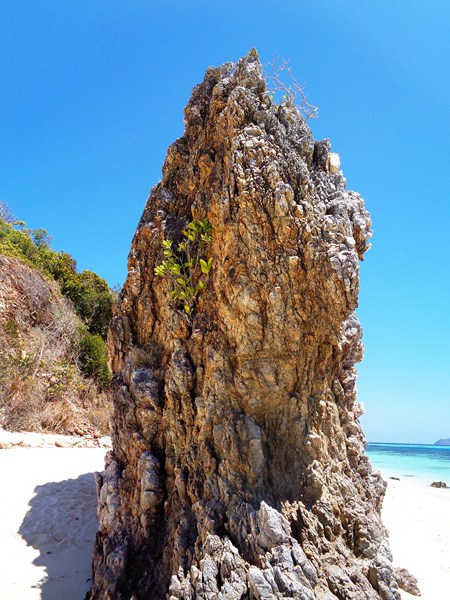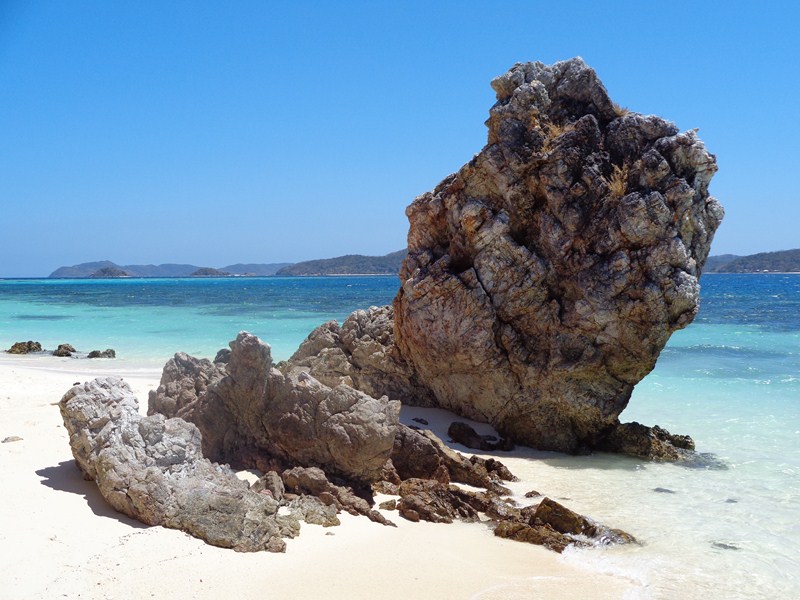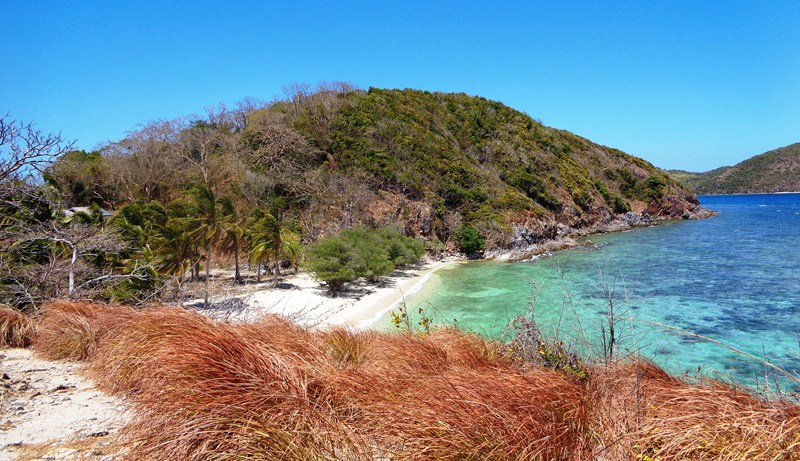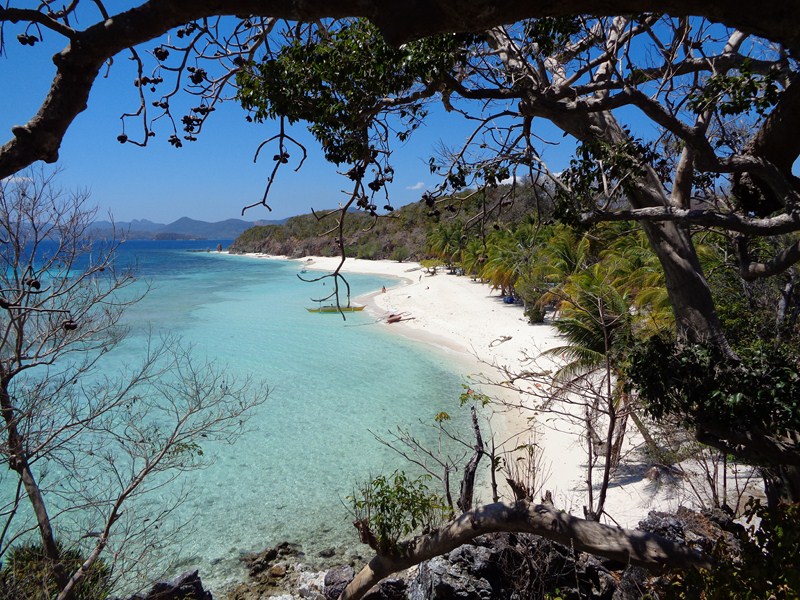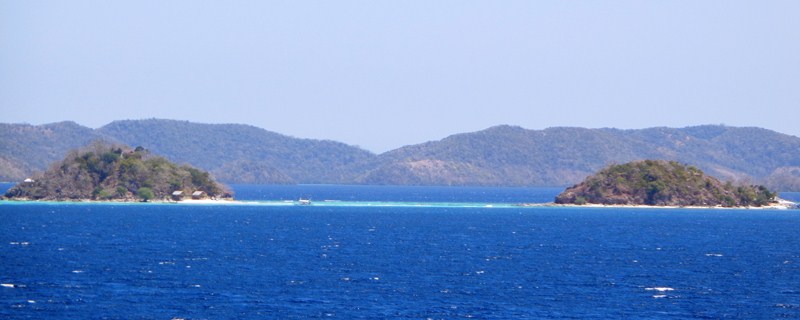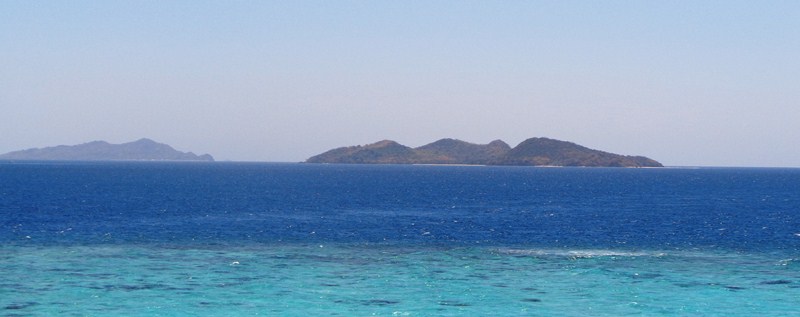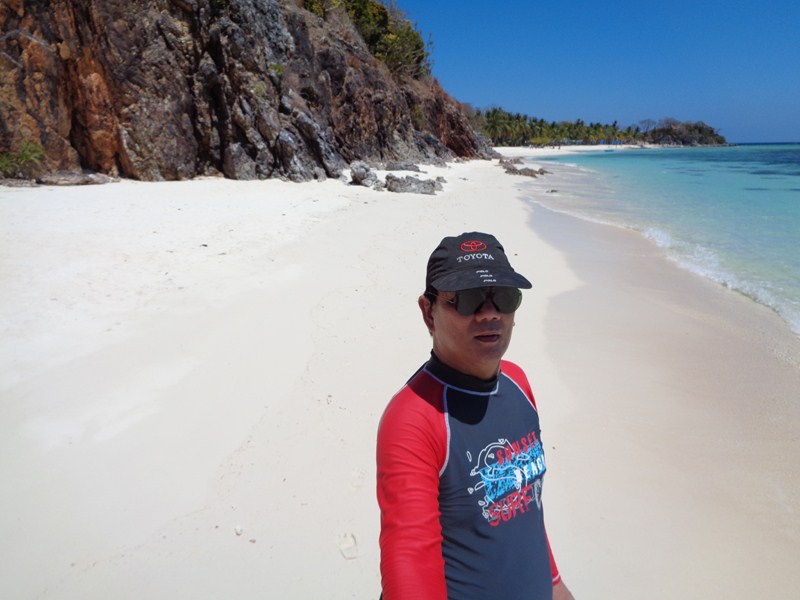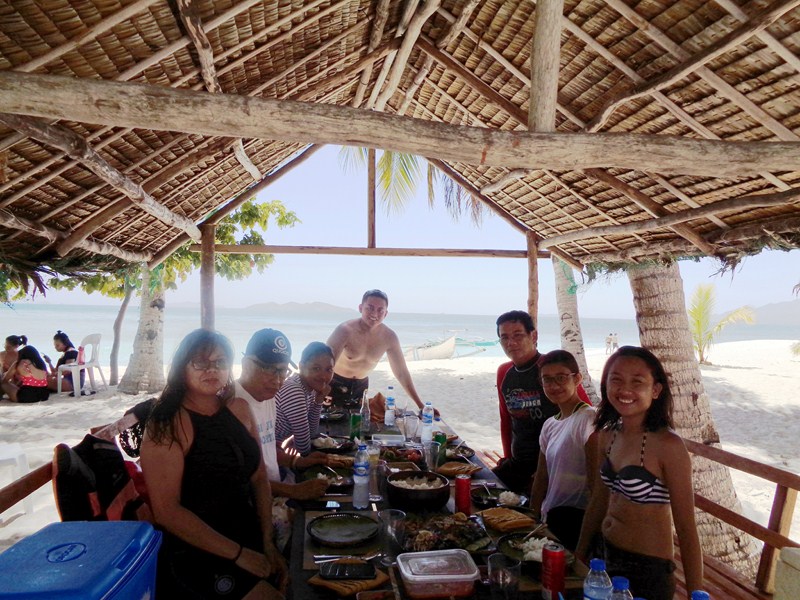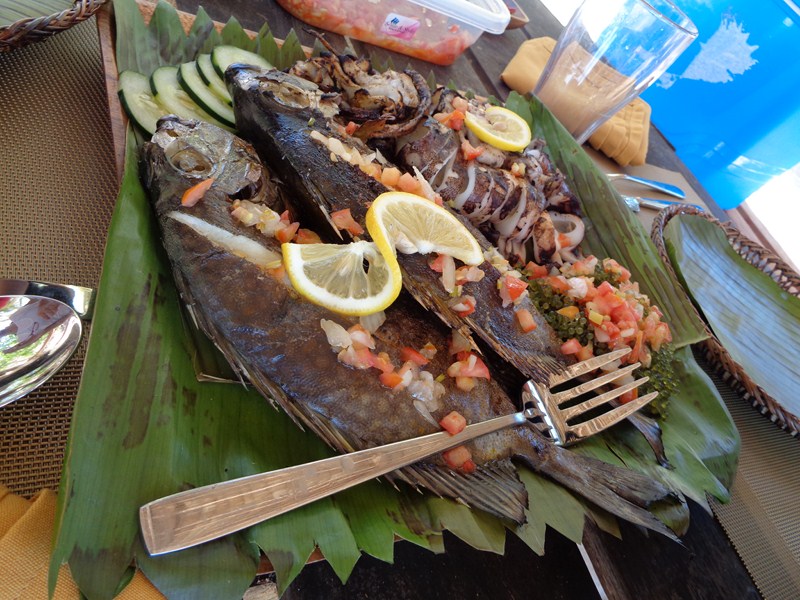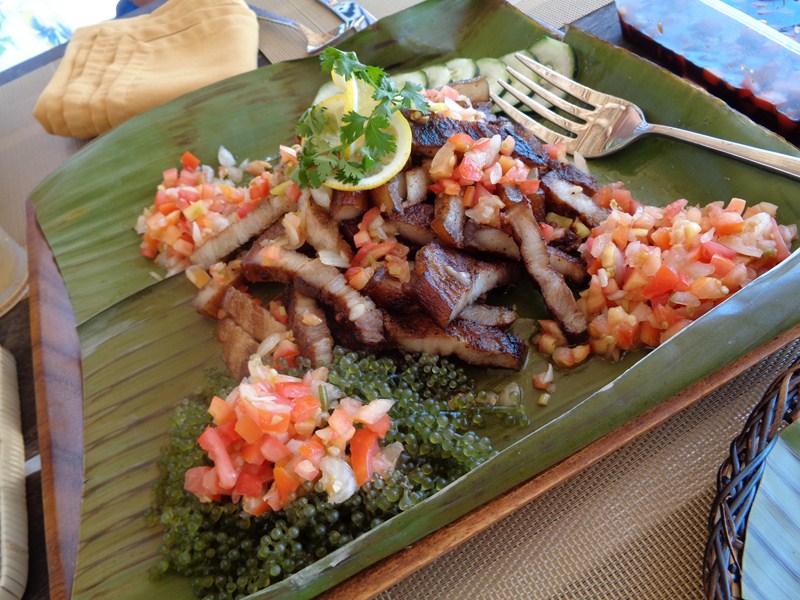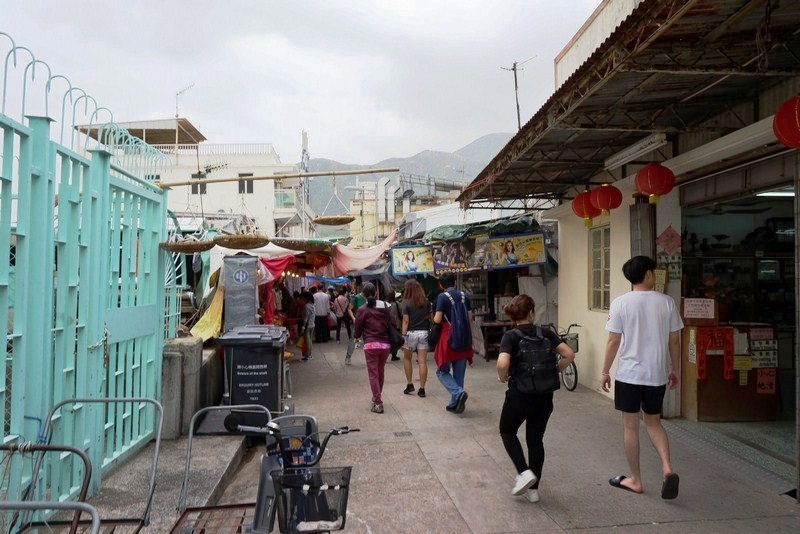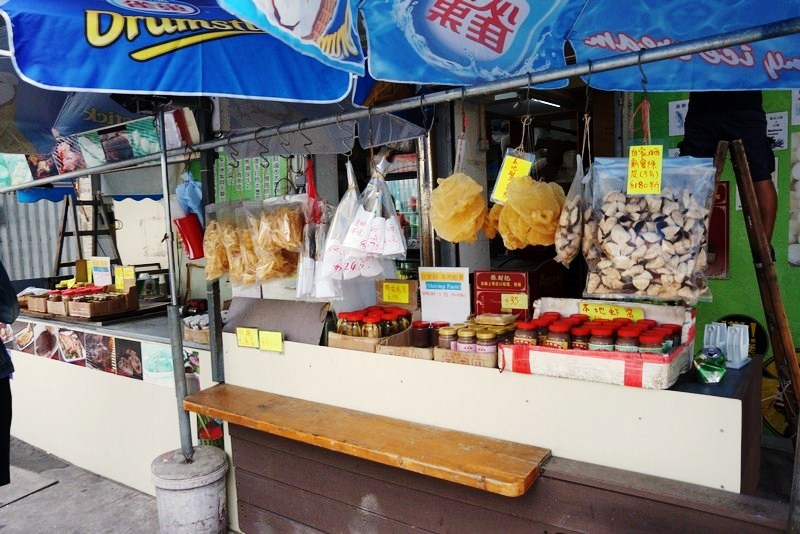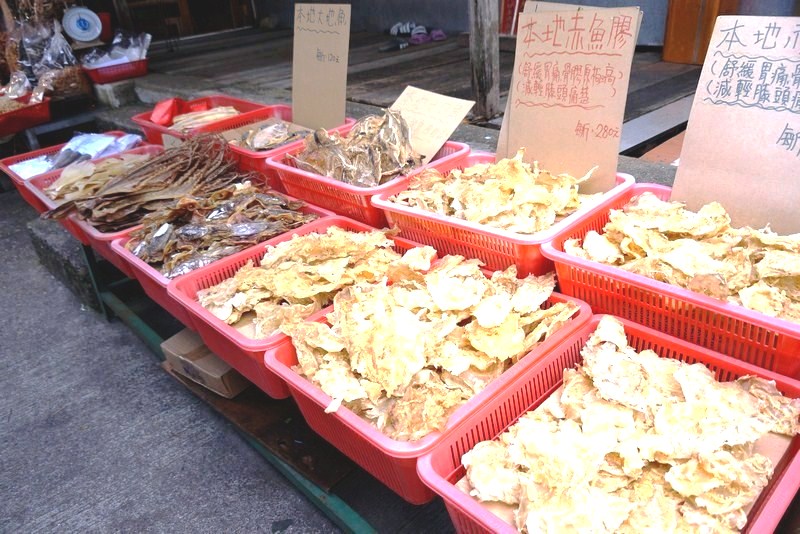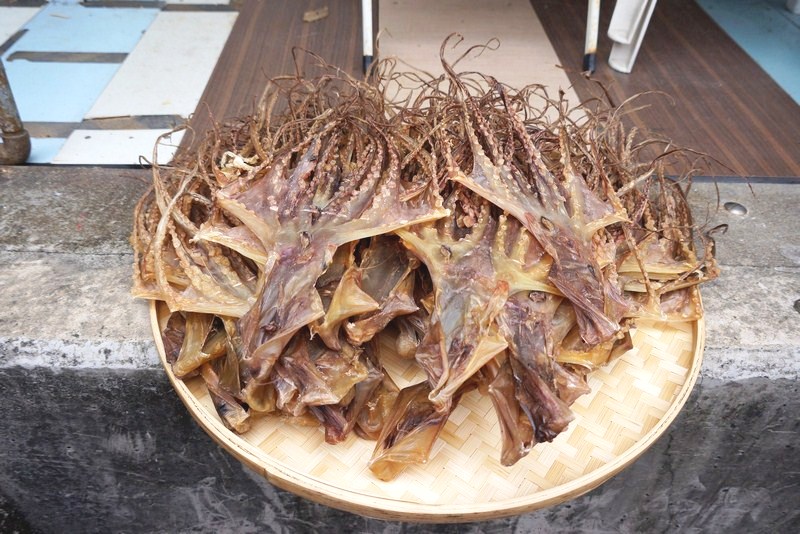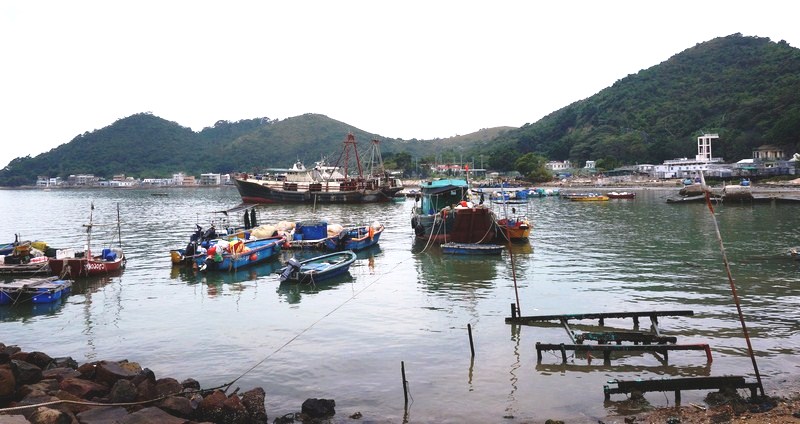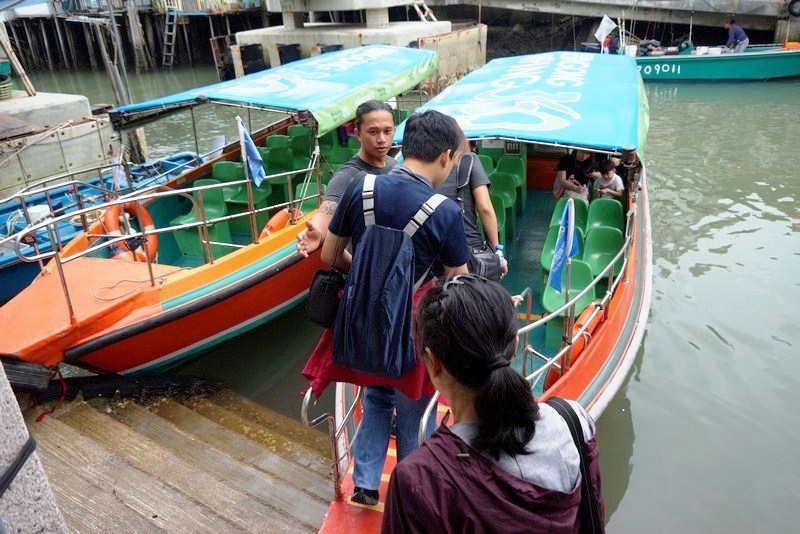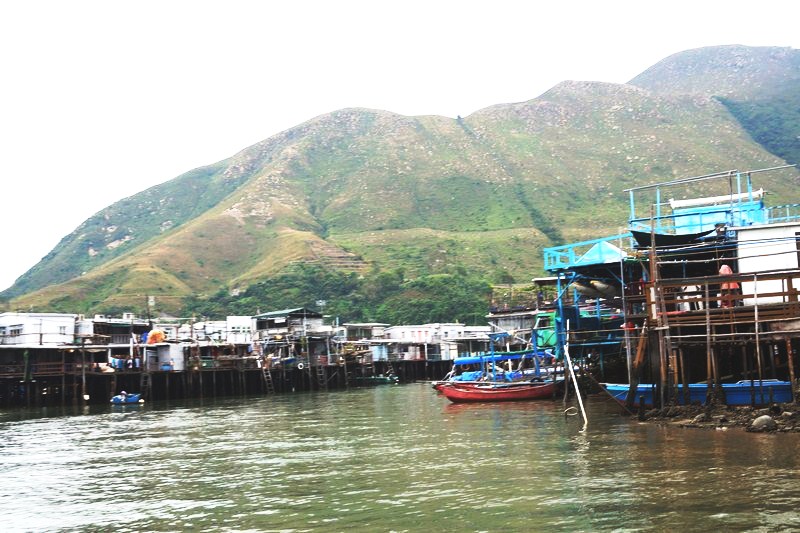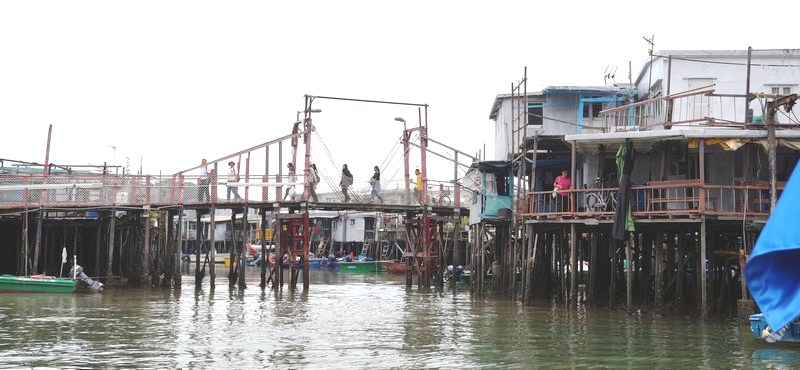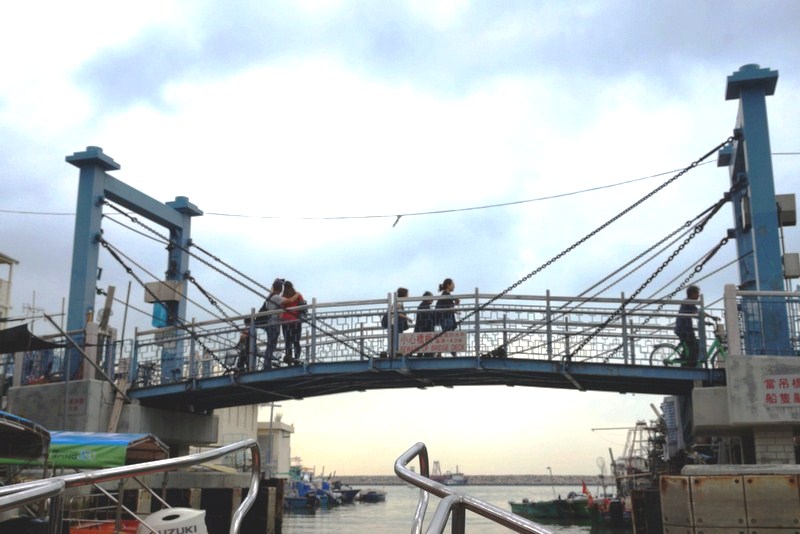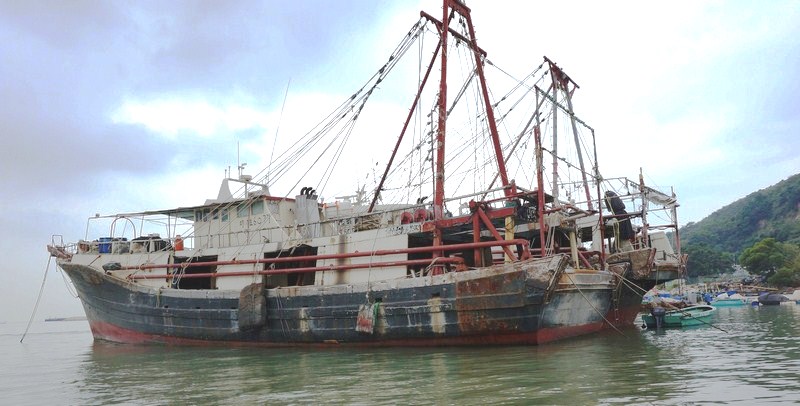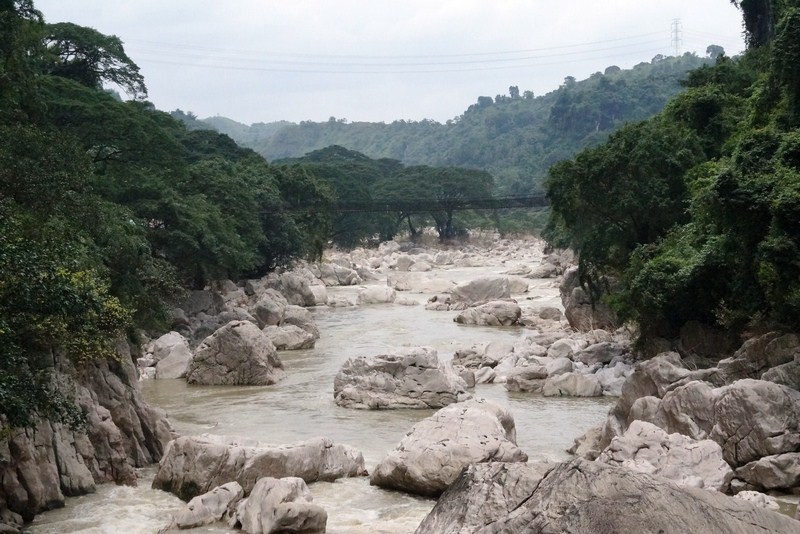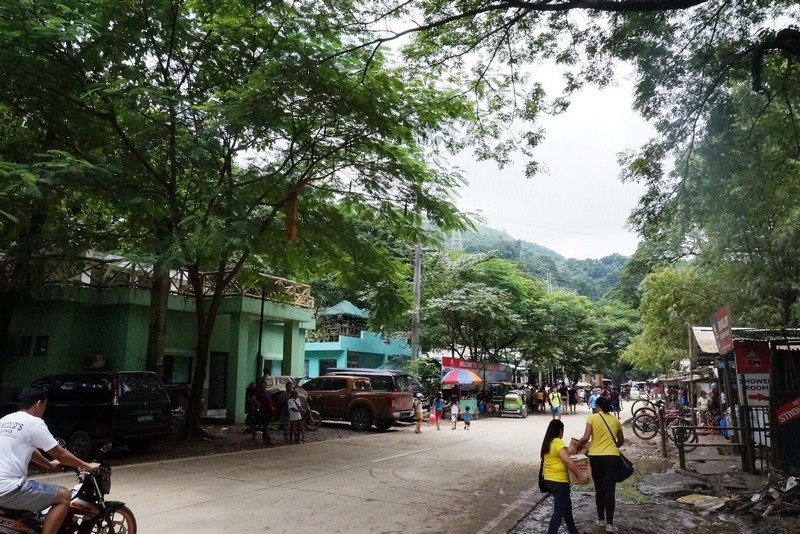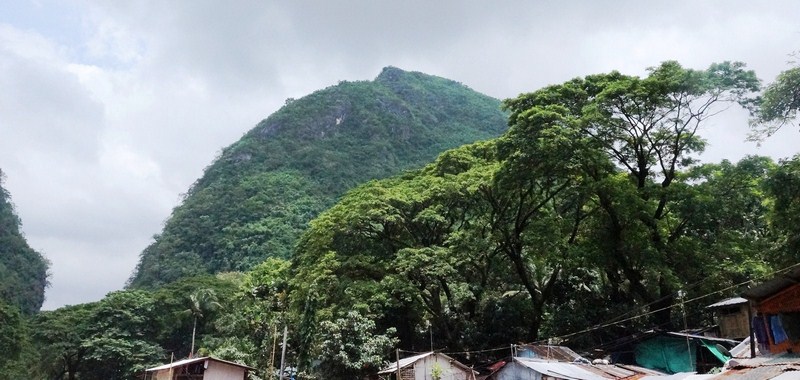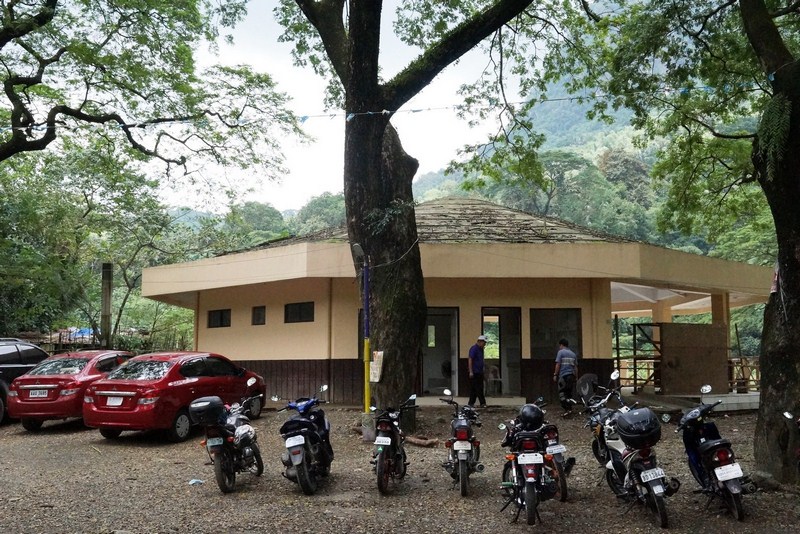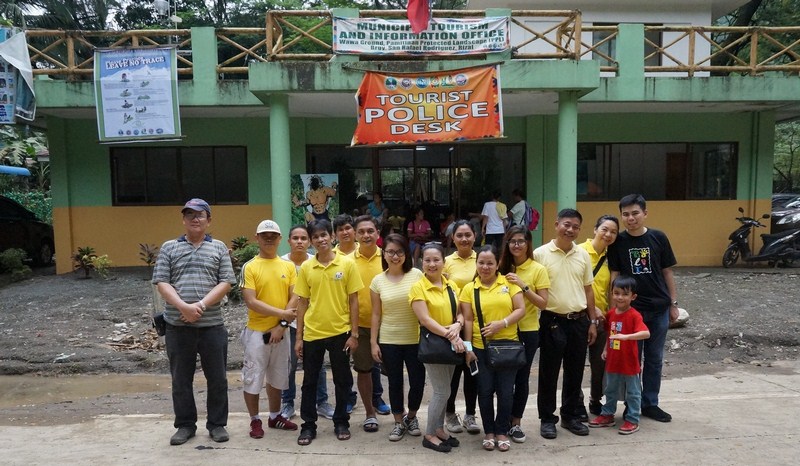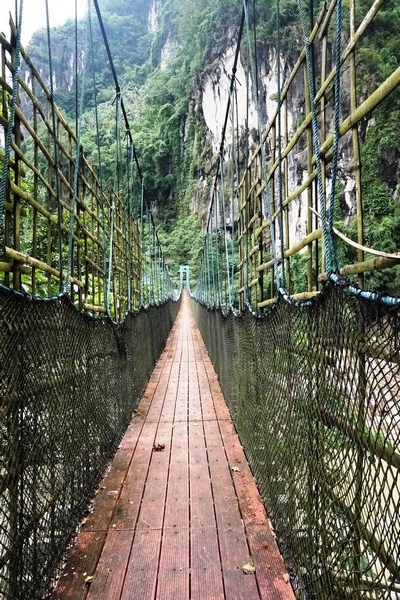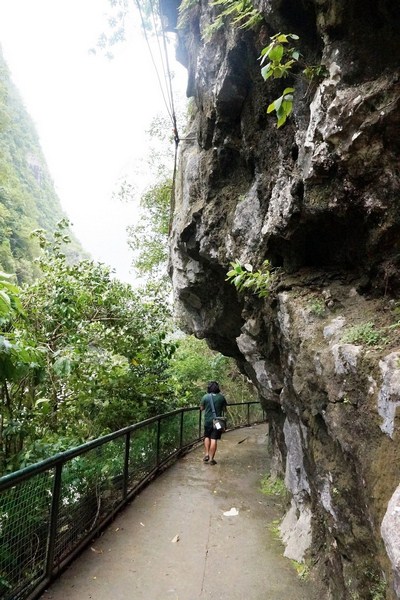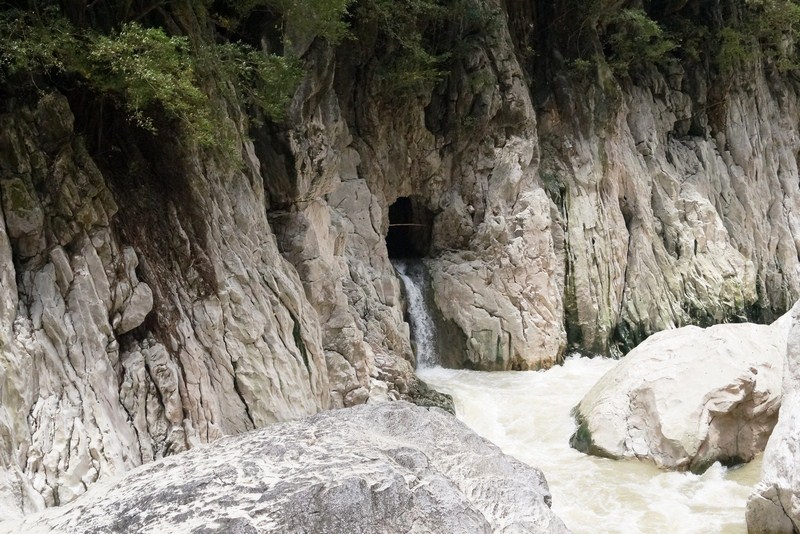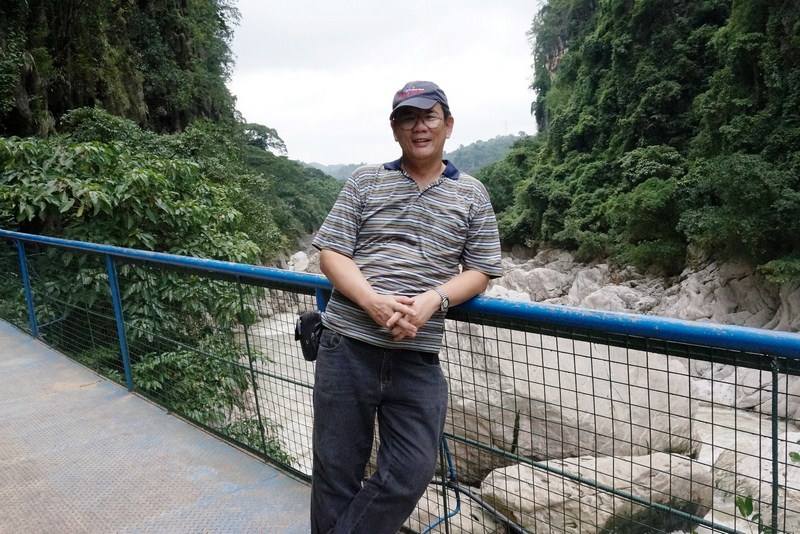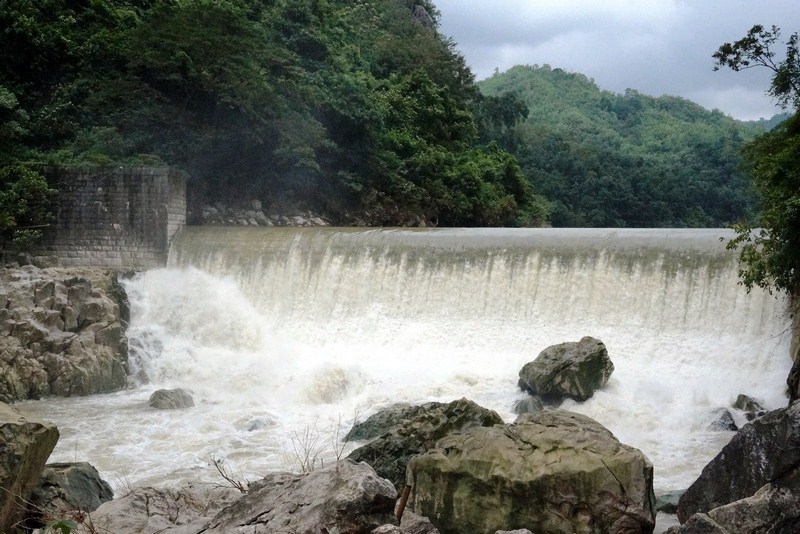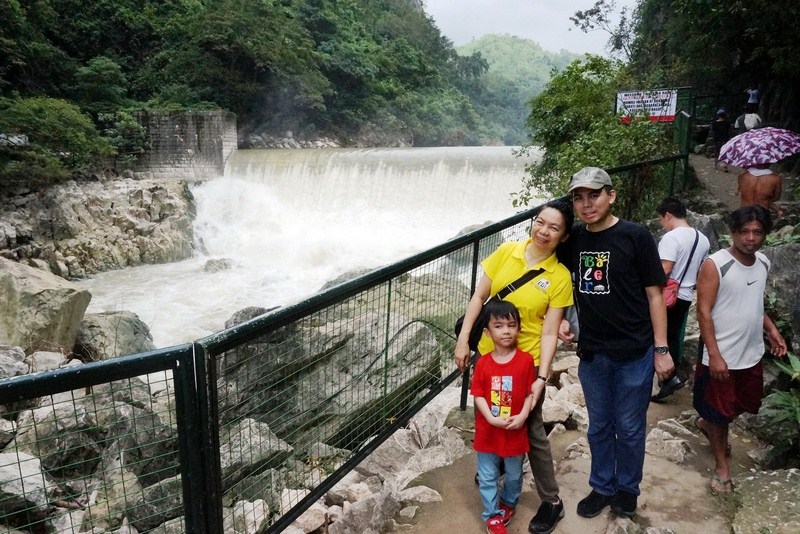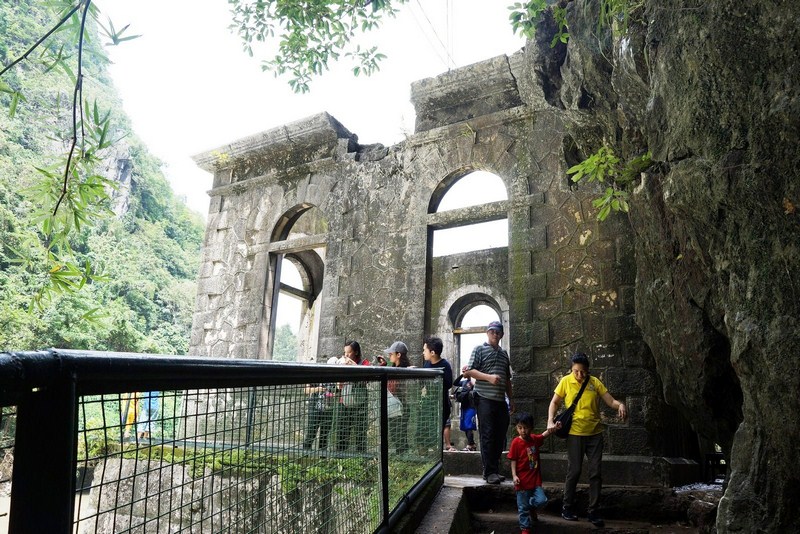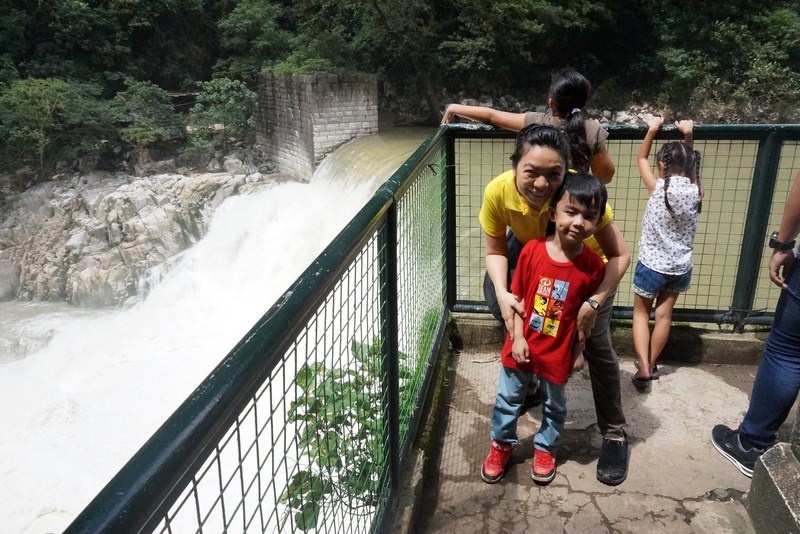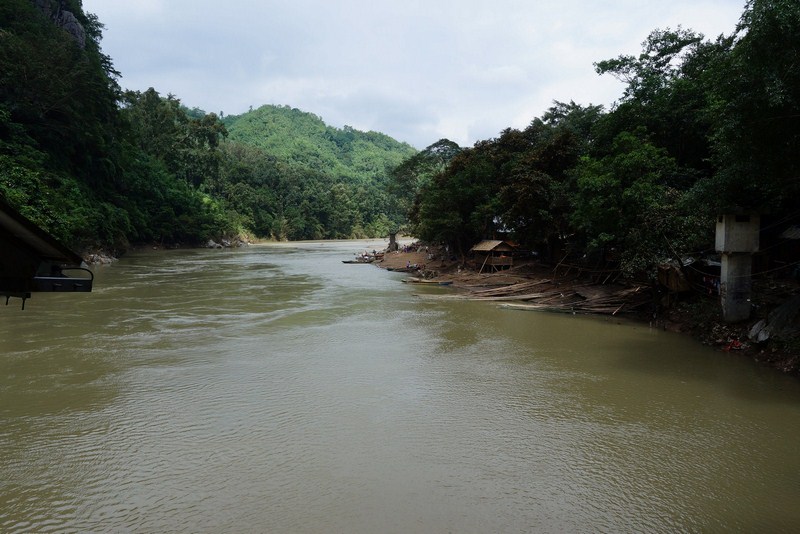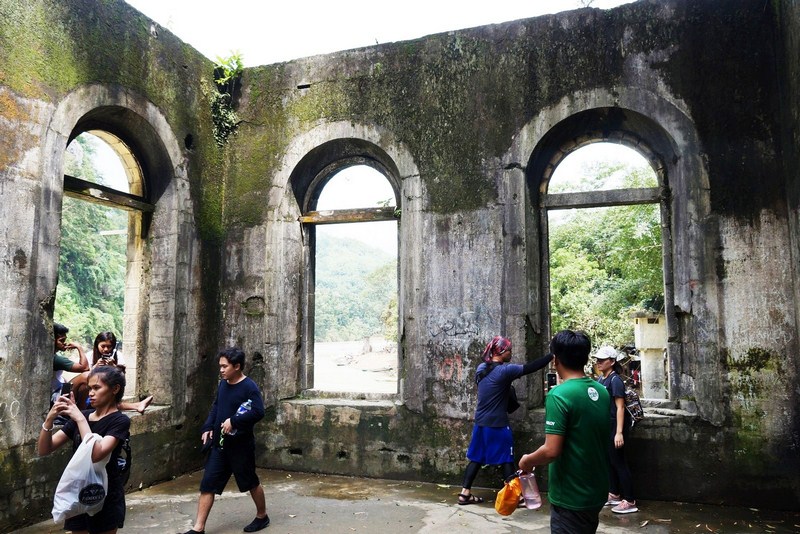Part of the Panglao Bluewater Resort-sponsored CountrysideTour
After our visit to Loay, we boarded our coaster for 24-km. (40-min.) drive, via the Loay Interior Road, to the 25-hectare (6.5 hectares occupied as ecotourism site) Bohol Biodiversity Complex (BBC) in Bilar. Along the way, we passed its man-made forest of mahogany trees.
Check out “Church of the Holy Trinity” and “Museo ng Pamana at Kasaysayang Boholano“
We were slated to do the Tree Planting for Legacy eco-tour (individual tree planting), undoubtedly the highlight of a visit here but, due to our tight schedule, just attended a lecture (with fresh buko juice) on sustainable development and toured its facilities.
The BBC, surrounded by 1.2 hectares of rainforest, is perfect for the nature lover and the environmentally-conscious. It showcases various endemic tree seedlings and continues to raise awareness and conservation concerns among both locals and tourists.
This facility, and the eco-tour it offers, is the fruit of the Bohol Environment Code of 1998, which had the Bohol provincial government and the DENR sharing the responsibility of protecting and conserving Bohol’s amazing plant and animal species, particularly its endemic tree species.
The complex, a unique and memorable alternative to a typical Bohol tour, houses a training center, organic vegetable gardens, a greenhouse, vermin-composting facility, farm animal sheds, reforestation area, Karst trail, gene bank, a dipterocarp mini laboratory and lodging quarters for anyone keen on lending a hand to sustainability and tackling all the BCC has to offer.
The sprawling grounds of the complex also make it ideal as a camping ground or a picnic site. Our guide showed us the glamping site with tents set up. Each tent, which can accommodate 5 pax, is rented out for PhP2,000/per night (breakfast not included). Near the site is a cottage housing communal shower and toilet facilities and a dining facility. We culminated our visit with a merienda of corn coffee, steamed kamote, puto and fried saging na saba.
The Tree Planting for Legacy eco-tour is a great way, whether going solo or traveling in a group, to proactively support conservation while having fun. It takes travelers beyond sightseeing and into environmentally-friendly and fun activities, letting everyone join and pitch in the efforts of restoring the breathtaking forests of Bohol by giving them the chance to leave a “tree for legacy,” their very own green thumb mark on the island of Bohol. The endemic tree saplings they planted are taken care of by the center until they reach maturity.
Currently, with the help of the Provincial Government Offices of Provincial Economic Enterprises Management Office, Bohol Environmental Management Office, Office of the Provincial Veterinarian, Bohol Island State University and NGO Soil and Water Conservation Foundation Inc., the complex is undergoing development to help improve its services, Aspiring to become a model eco- agritourism site in Bohol, it promotes conservation of Bohol’s unique flora and fauna and appreciation of Boholano culture, especially in its agricultural industry.
Bohol Biodiversity Complex (BBC): Bilar, Bohol. Mobile number: (0950) 124-6588. E-mail: boholbiodiversity@gmail.com. Admission: PhP100/pax. Tour Group Price: PhP1,850/15 pax maximum. Admission includes seedling, name plate, laminated label and corn coffee/bottle of water (included only for group tours). Open Mondays to Fridays, 8 AM – 5 PM, on request basis for holidays and weekends (Saturdays and Sundays).
Bohol Tourism Office: Governor’s Mansion Compound, C.P.G. Ave. North, Tagbilaran City, 6300 Bohol. Tel: +63 38 501-9186. E-mail: inquire@boholtourismph.com.
Panglao Bluewater Resort: Bluewater Rd., Sitio Daurong, Brgy. Danao, Panglao, 6340 Bohol. Tel: (038) 416-0702 and (038) 416-0695 to 96. Fax: (038) 416-0697. Email: panglao@bluewater.com.ph. Website: www.bluewaterpanglao.com.ph. Manila sales office: Rm. 704, Cityland Herrera Tower, Rufino cor. Valera Sts., Salcedo Village, 1227 Makati City, Metro Manila. Tel: (632) 817-5751 and (632) 887-1348. Fax: (632) 893-5391.

